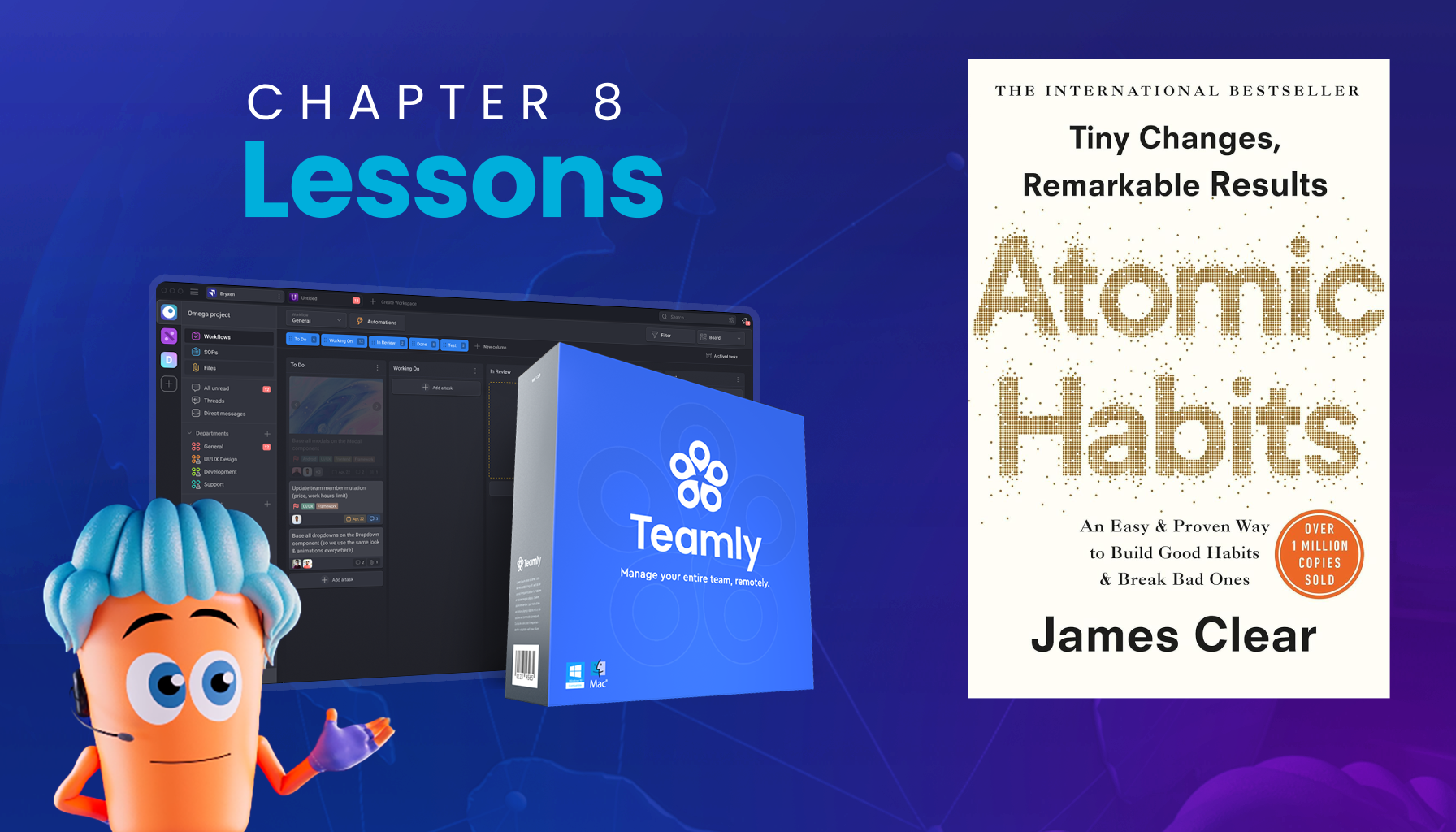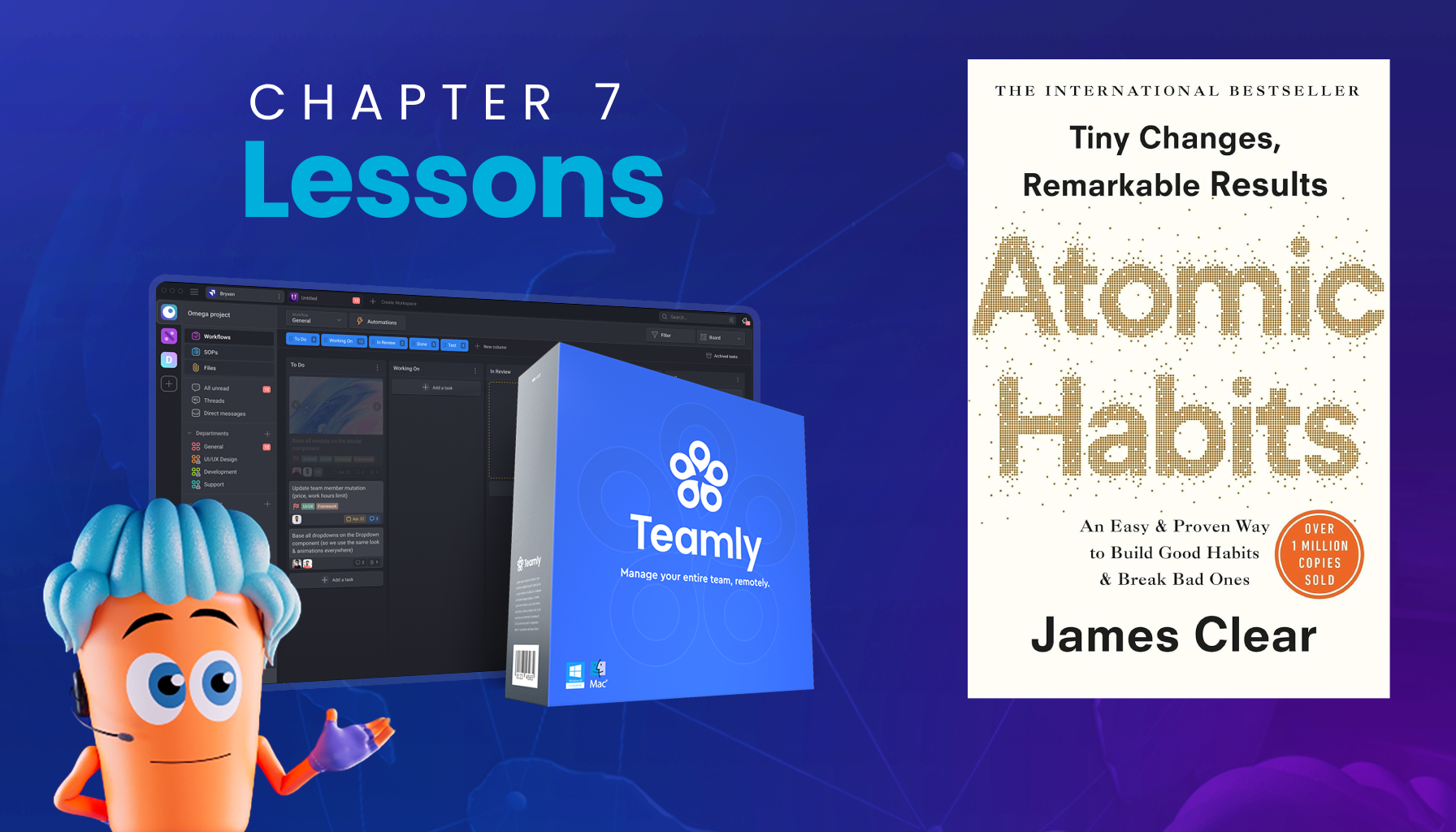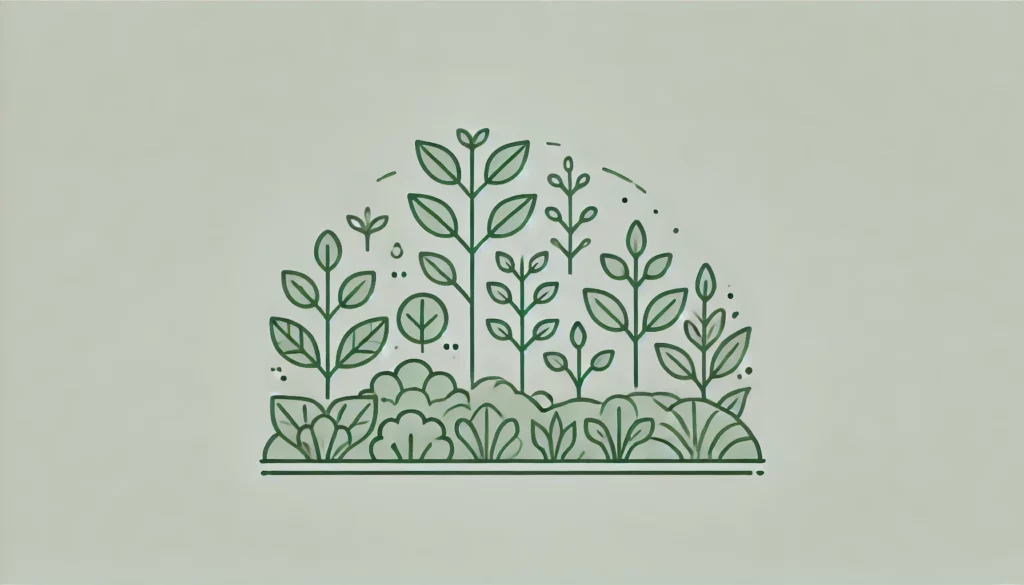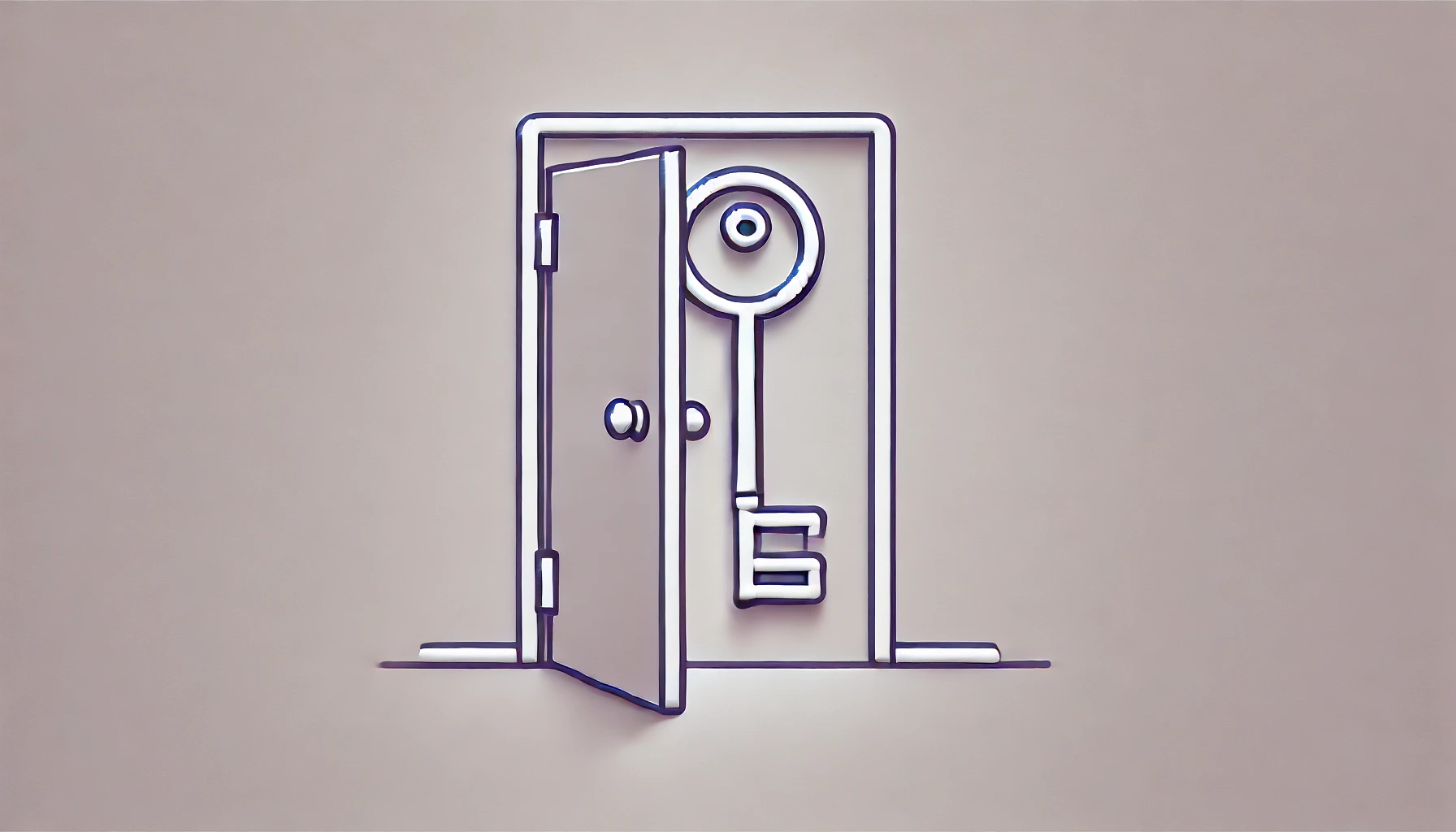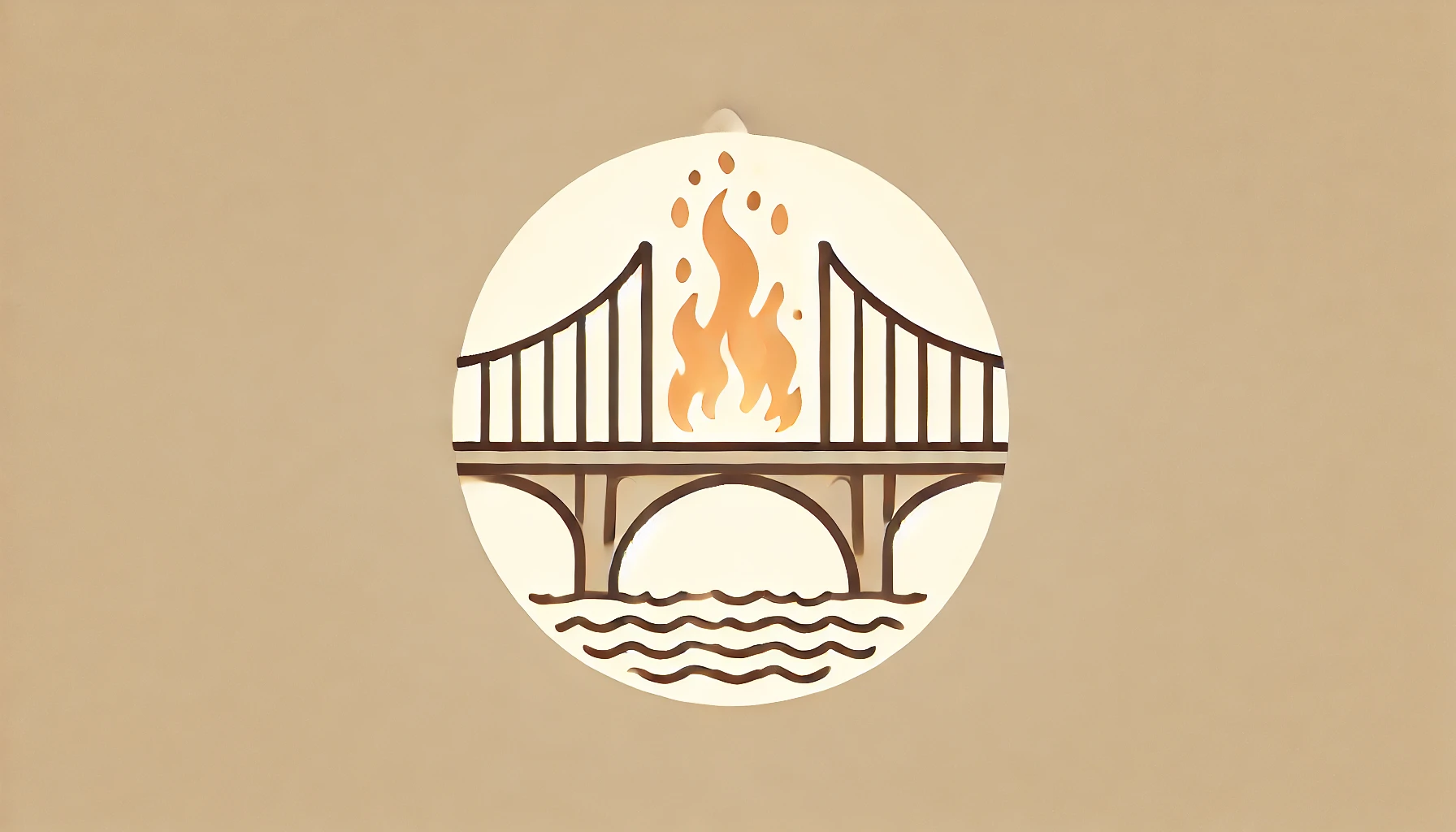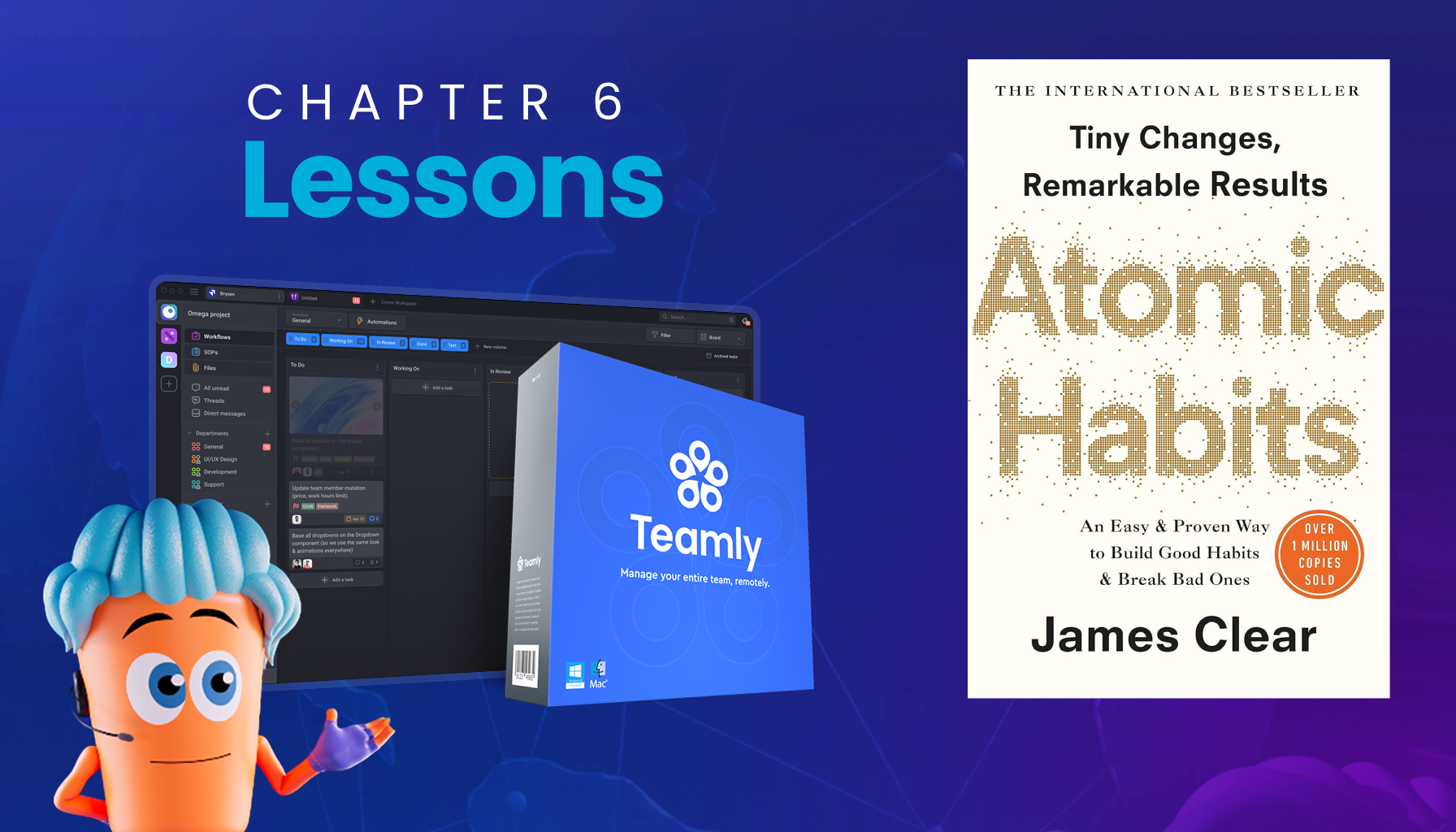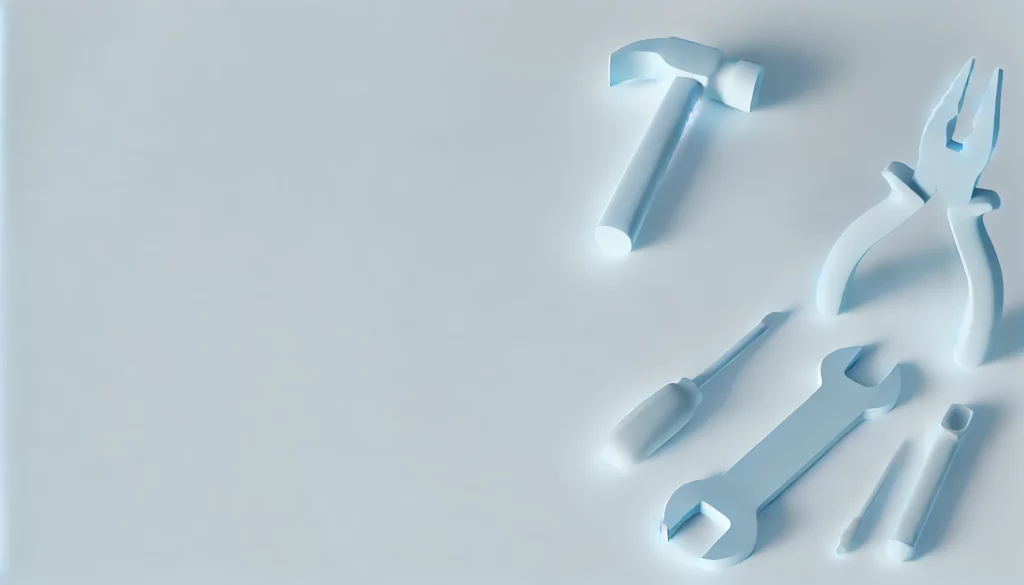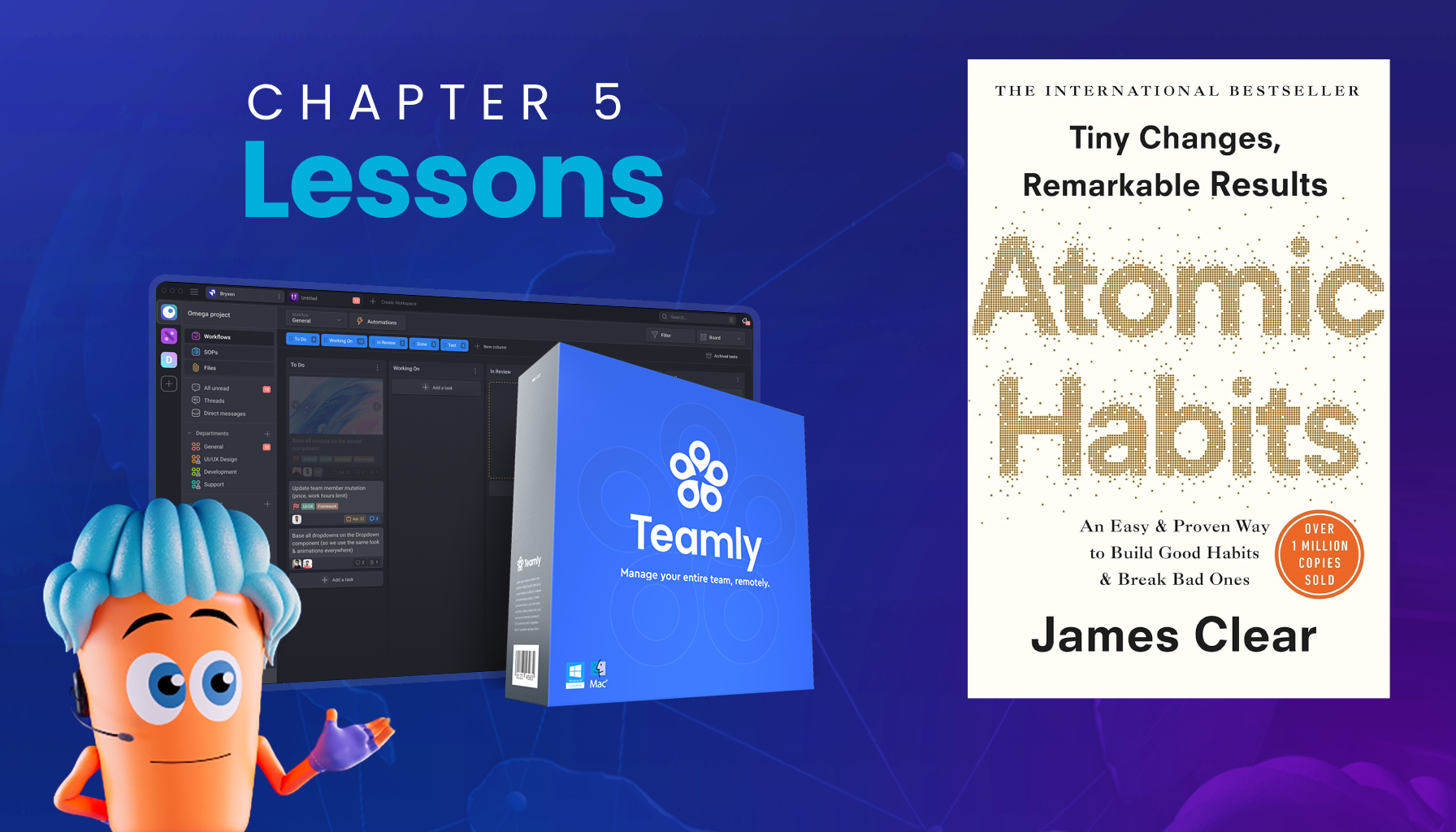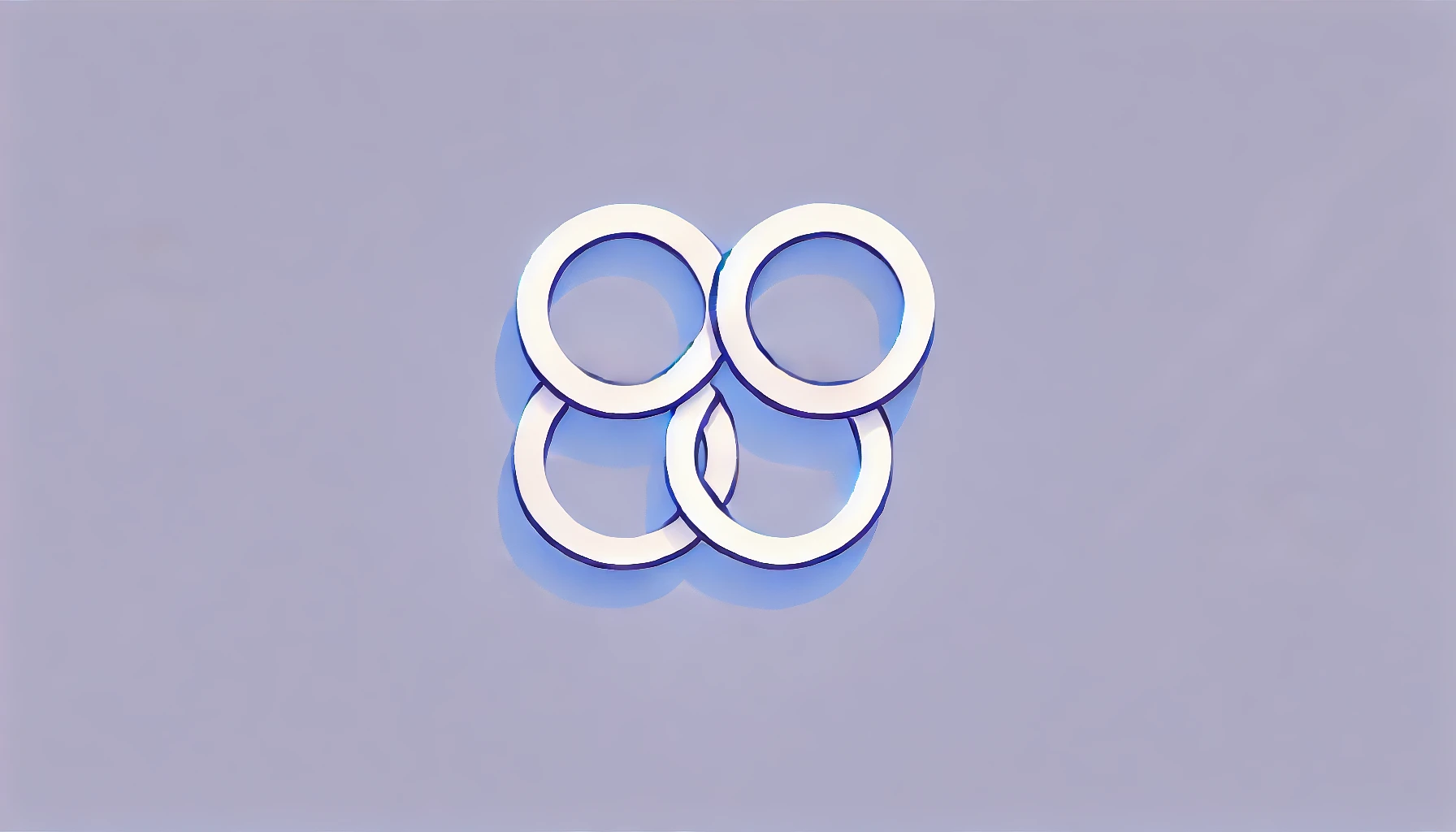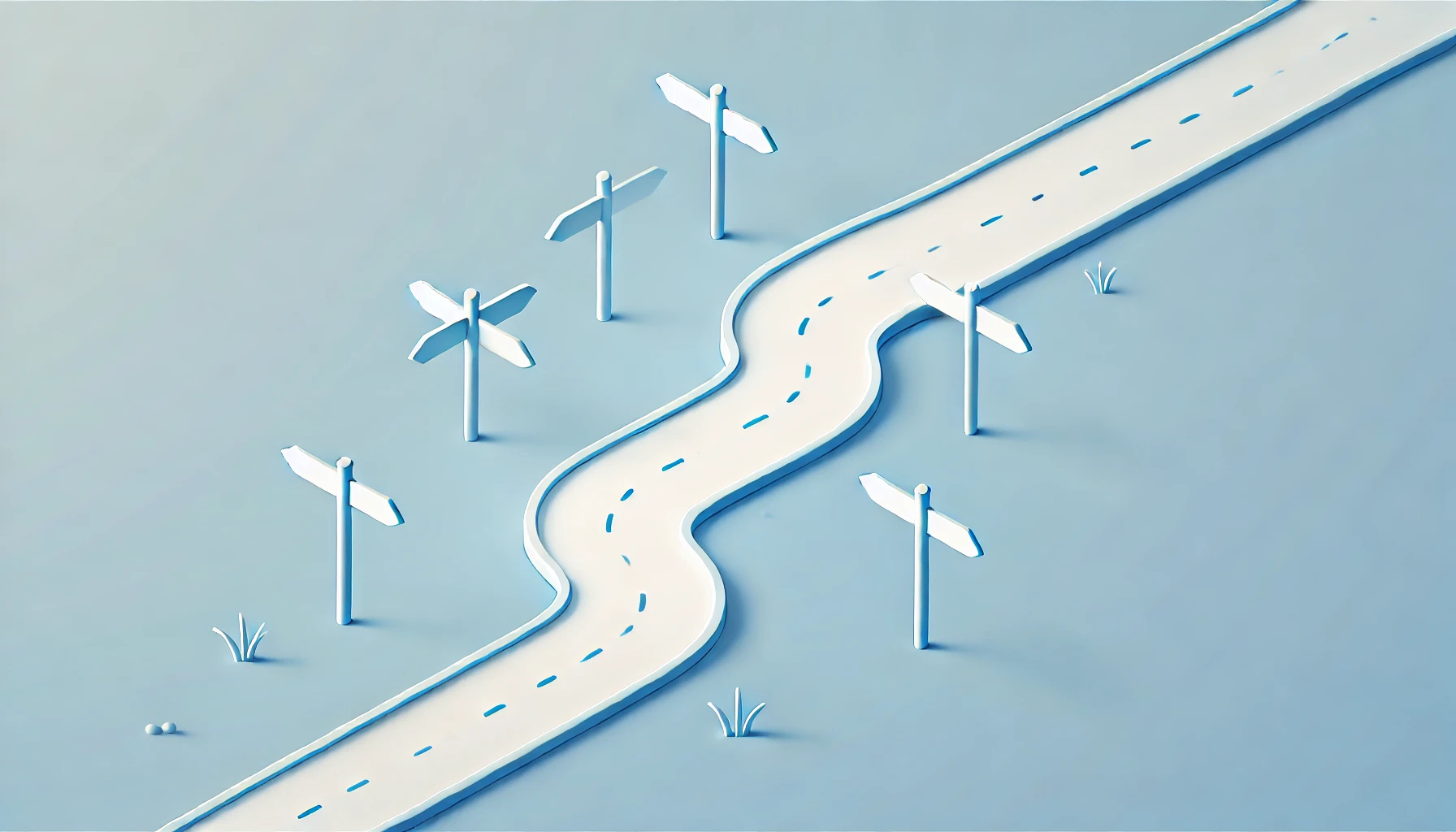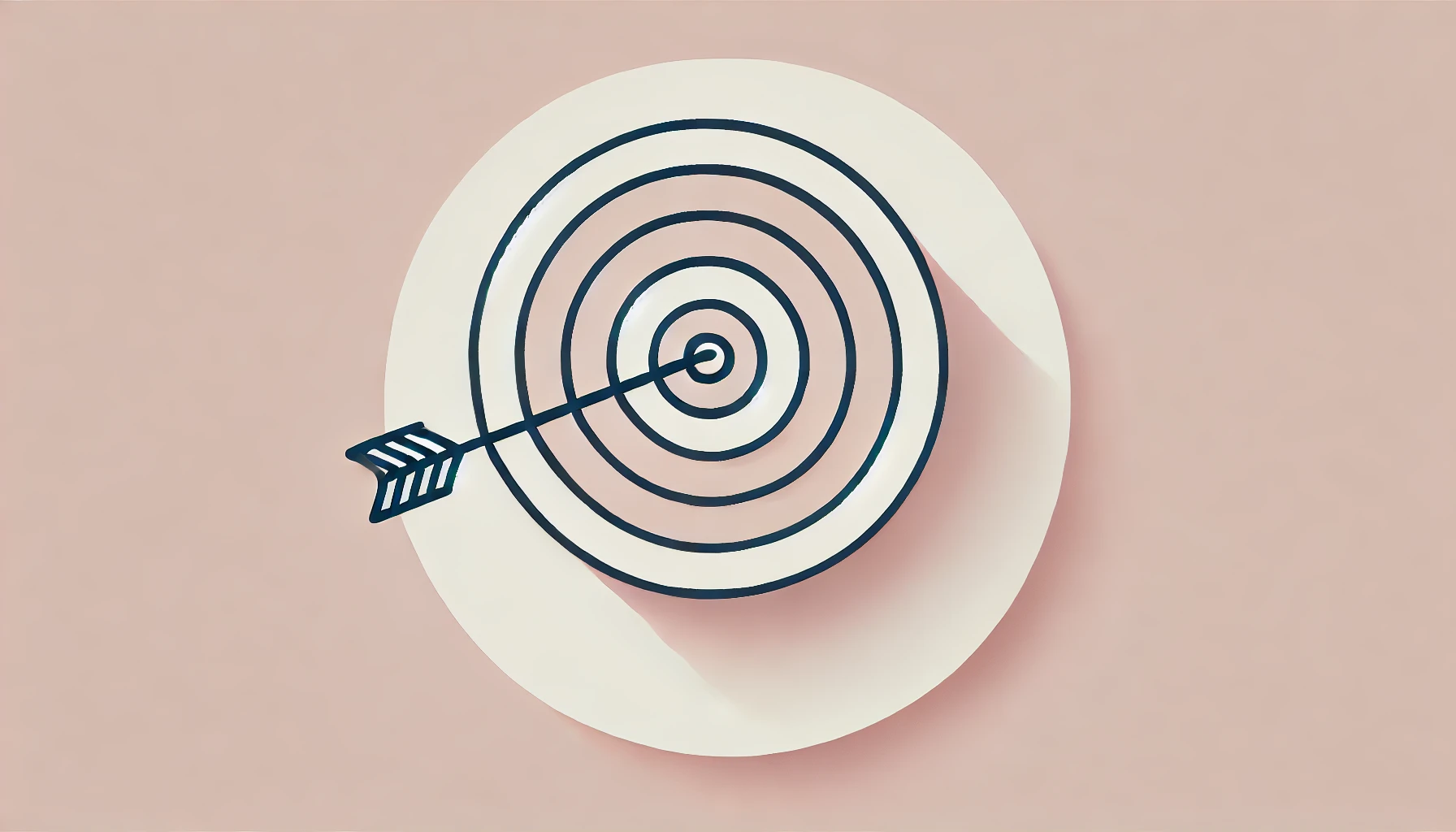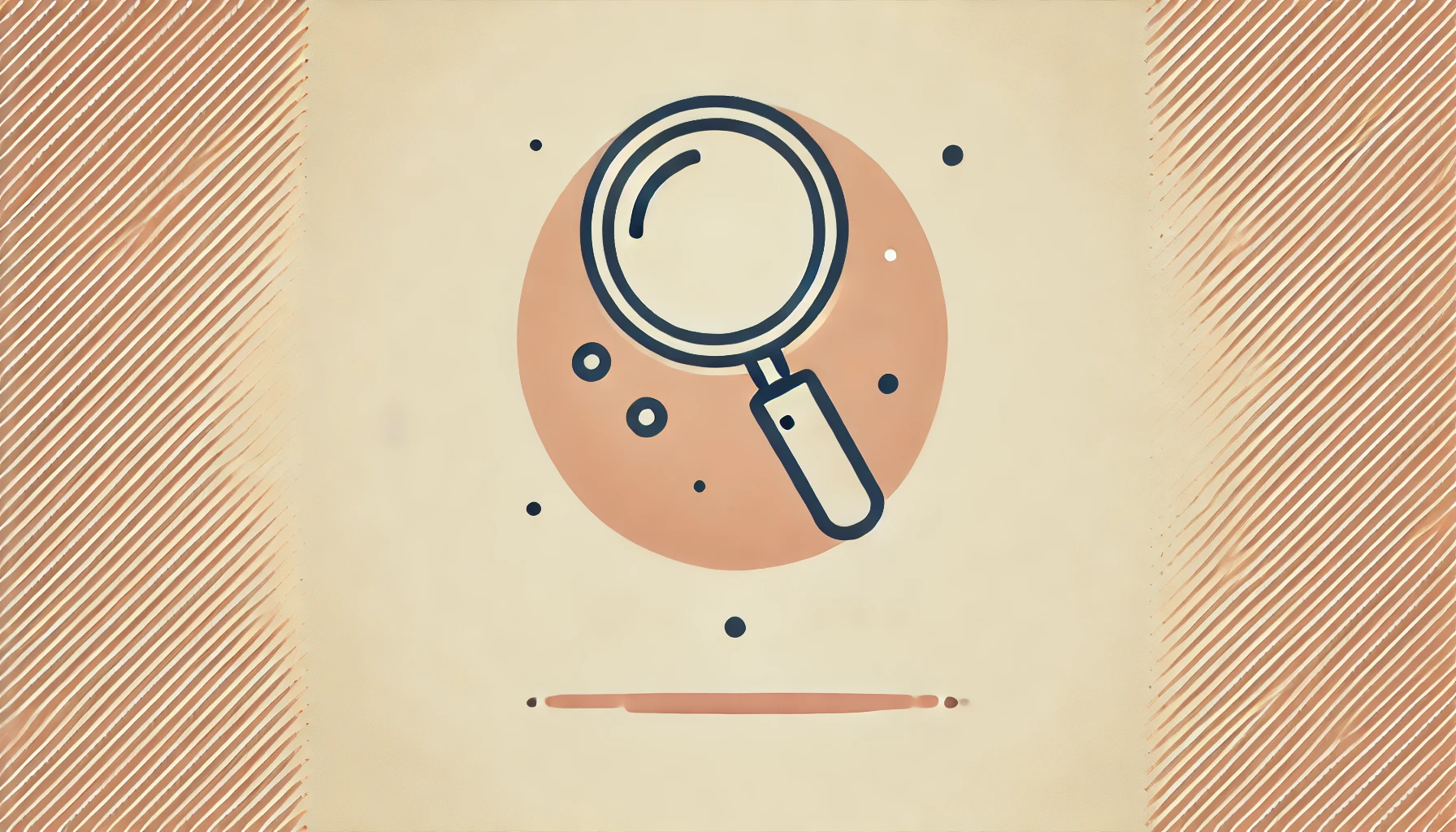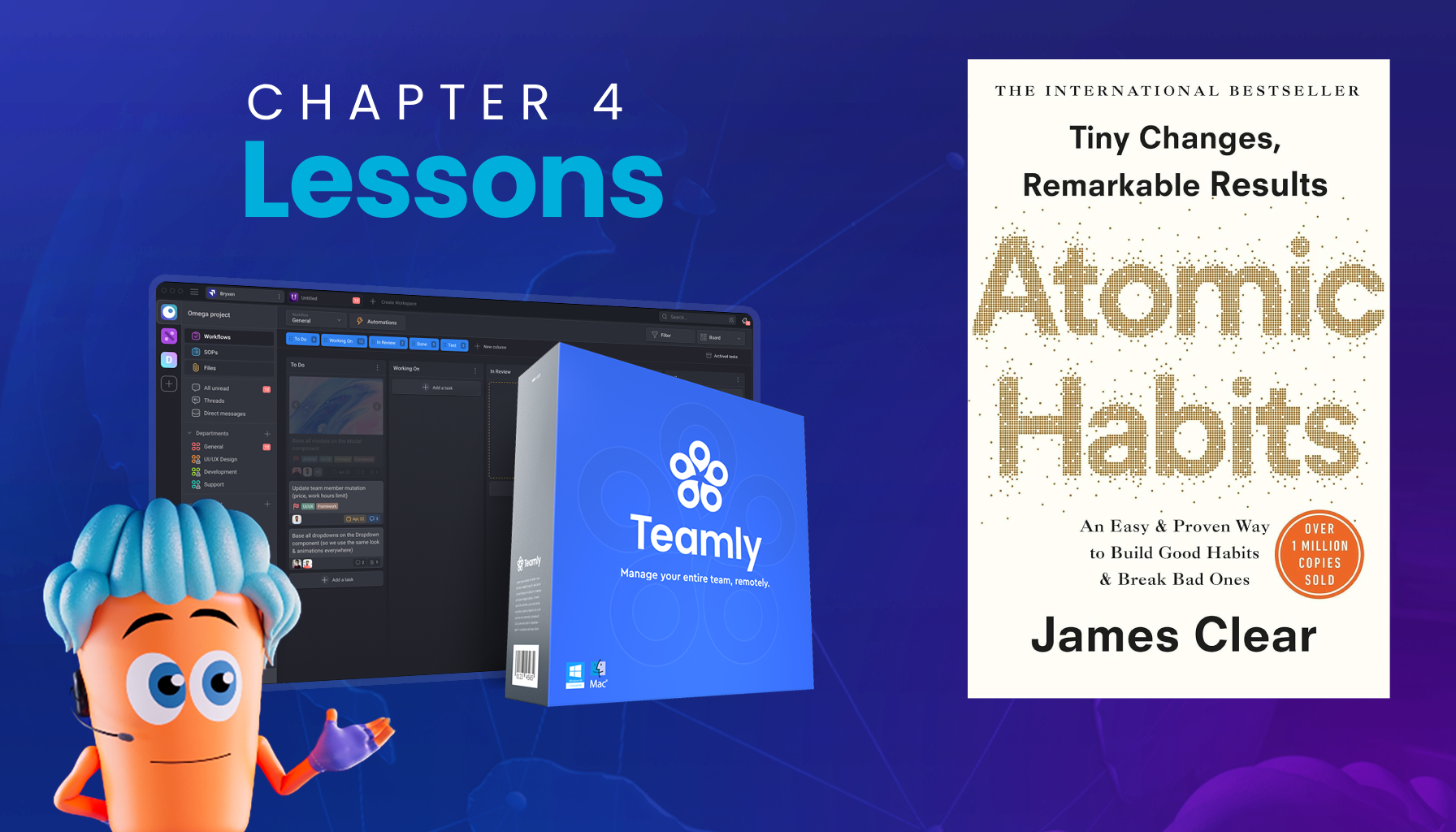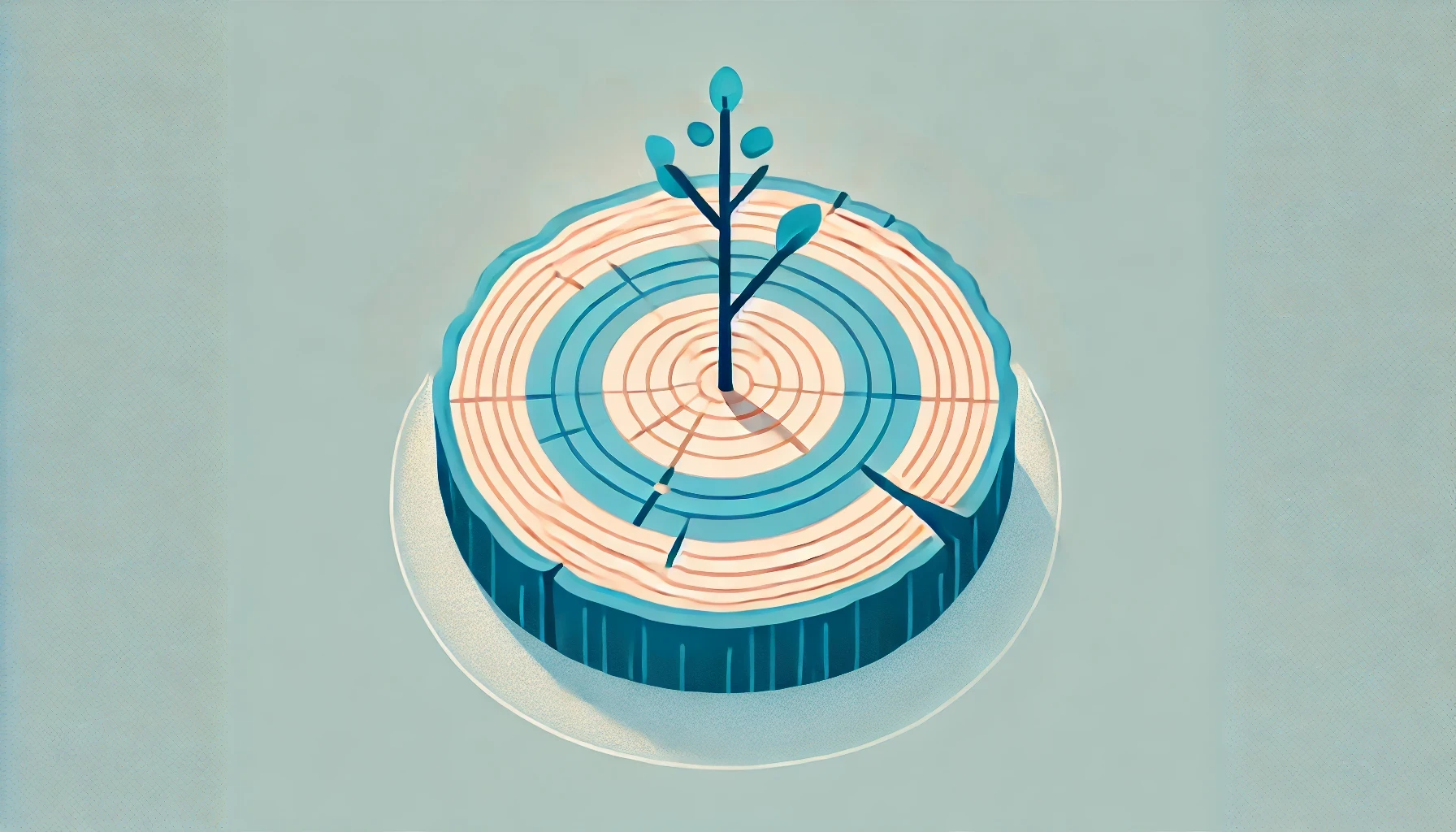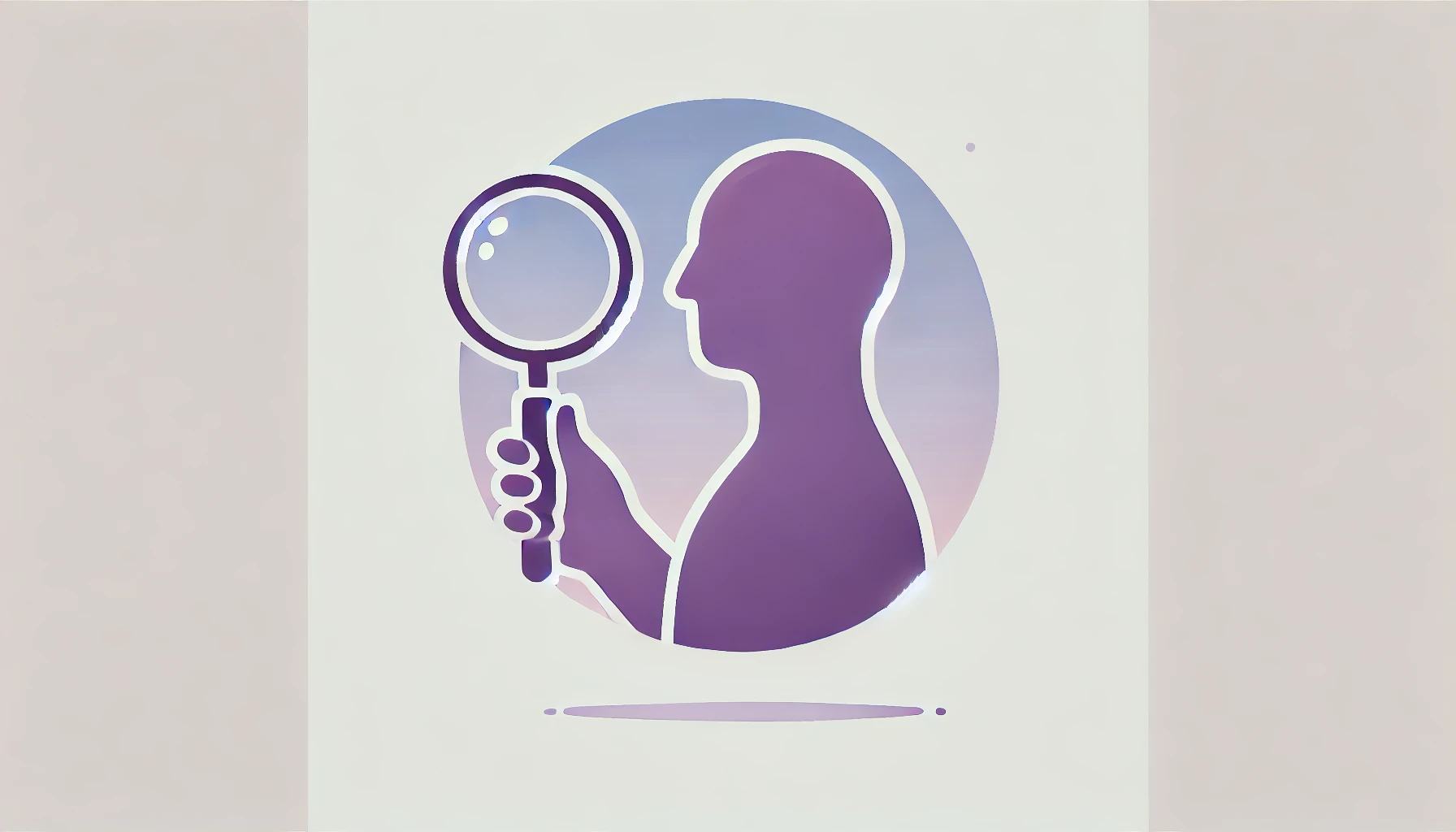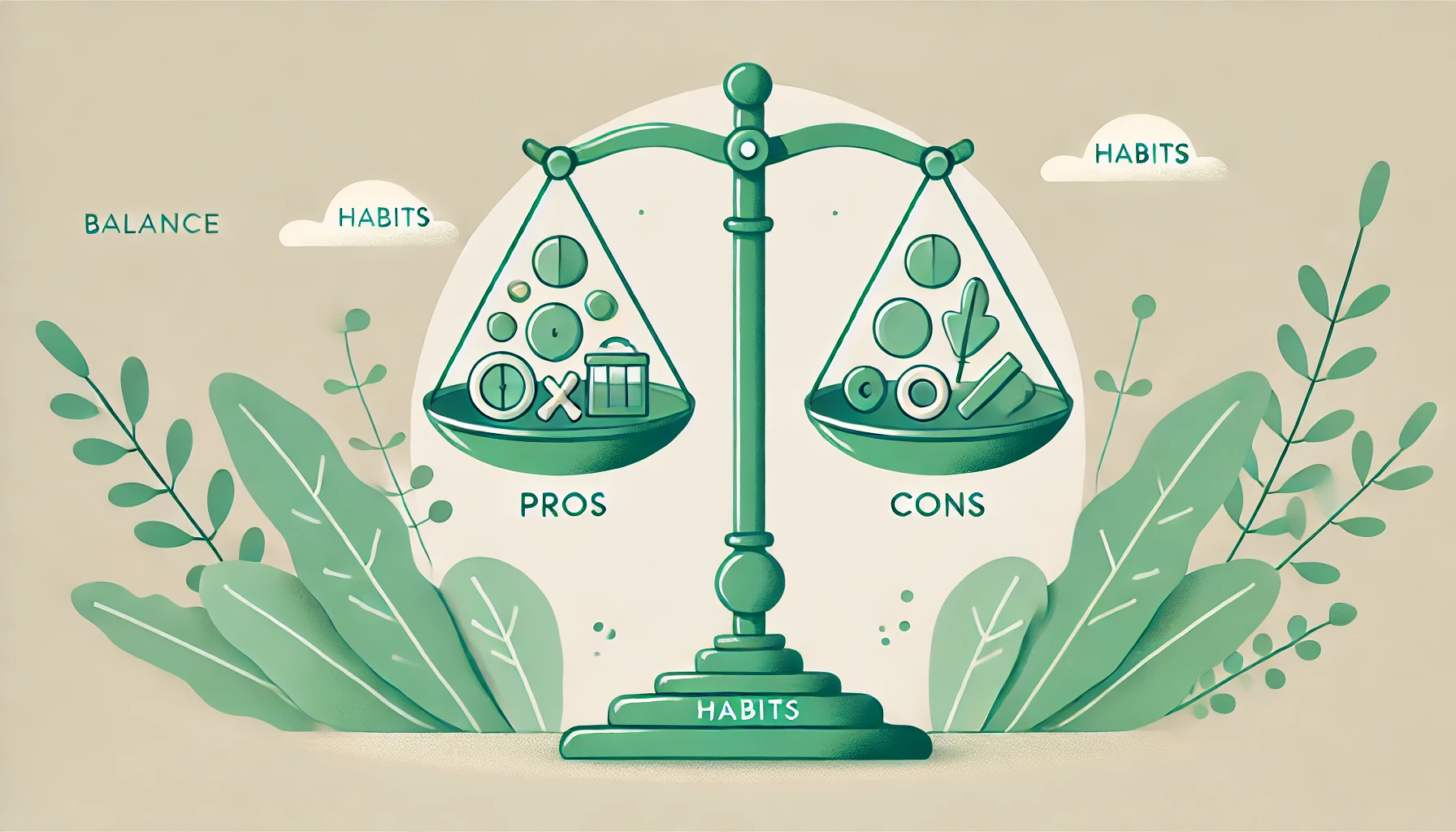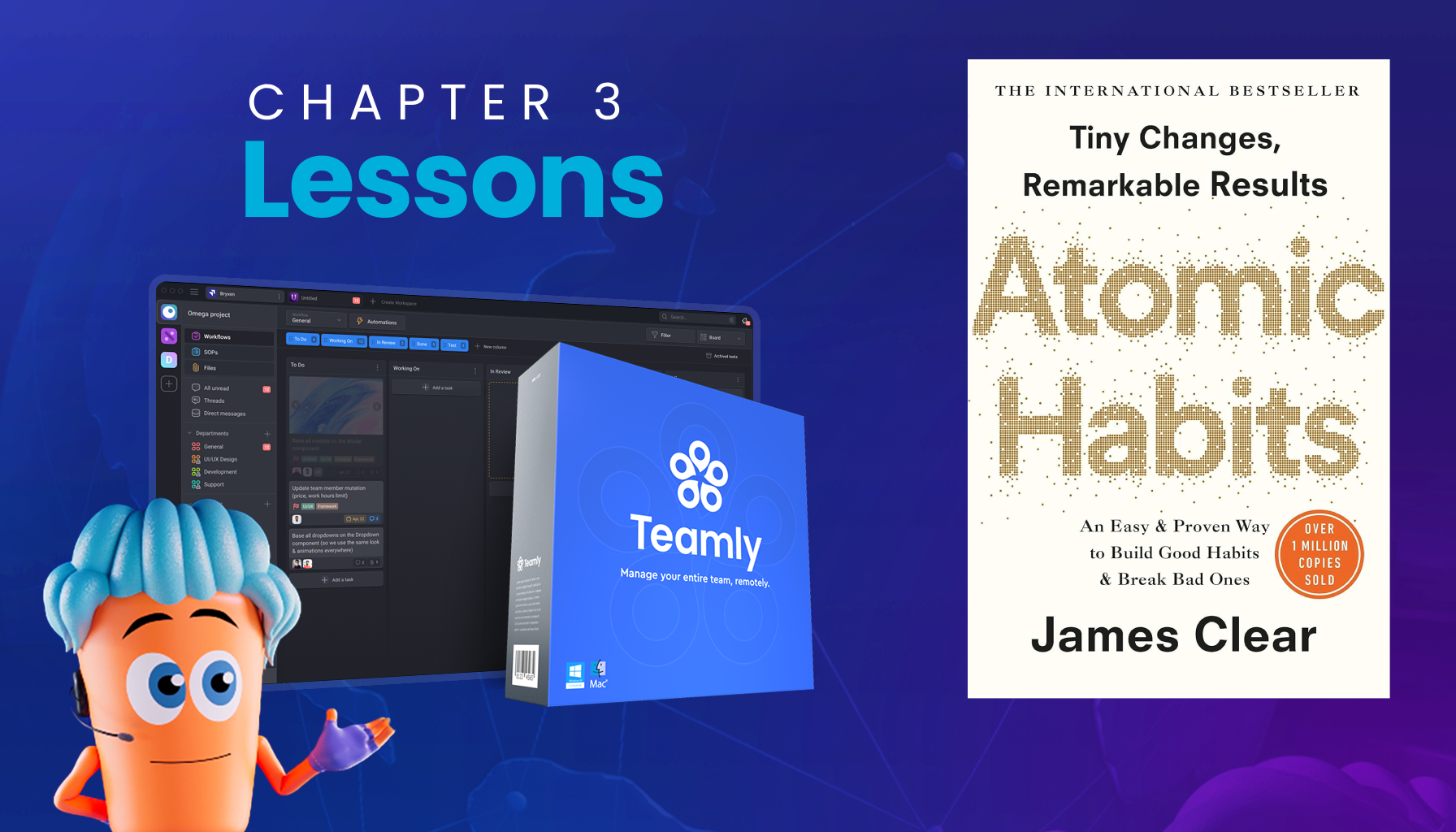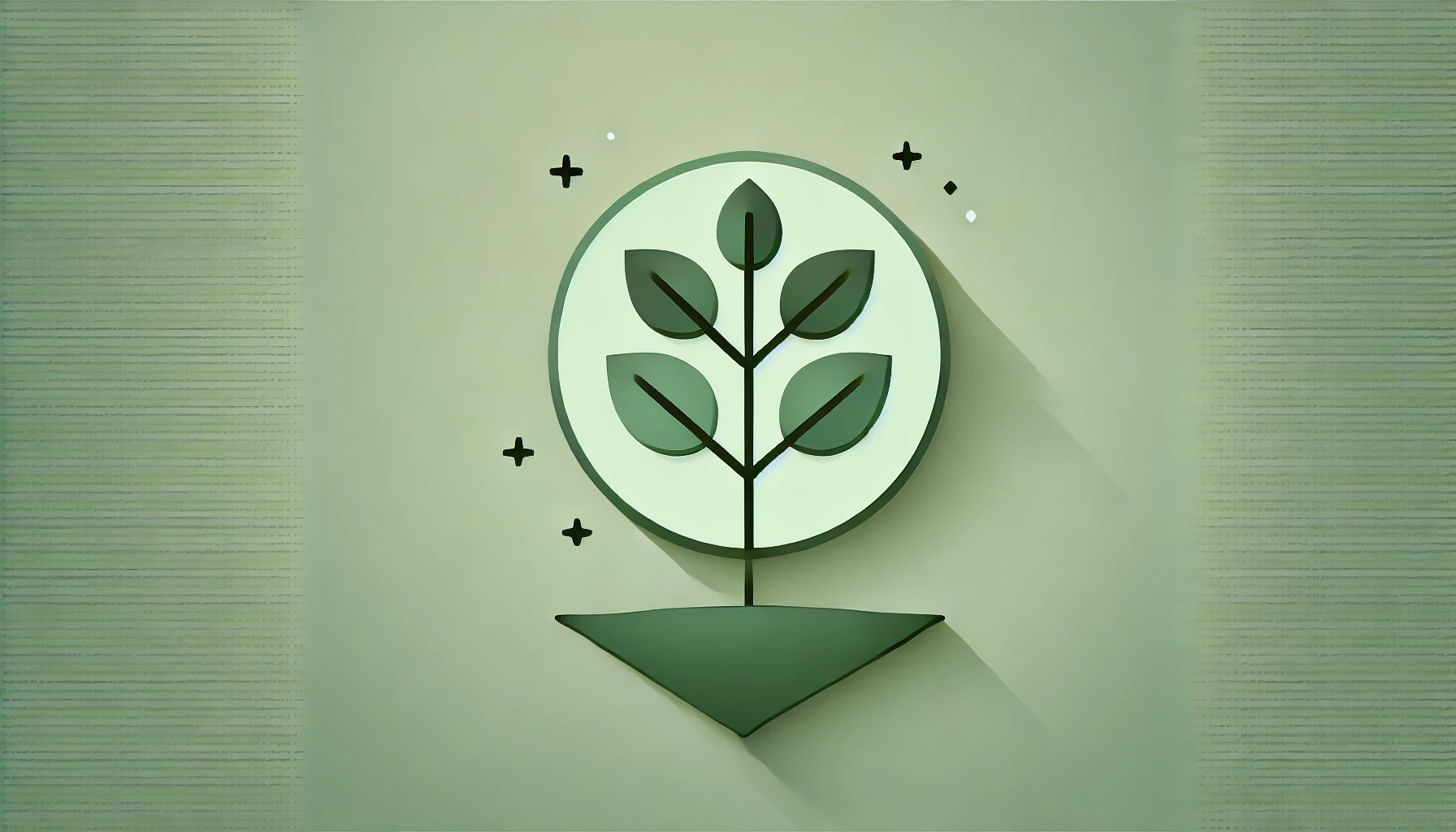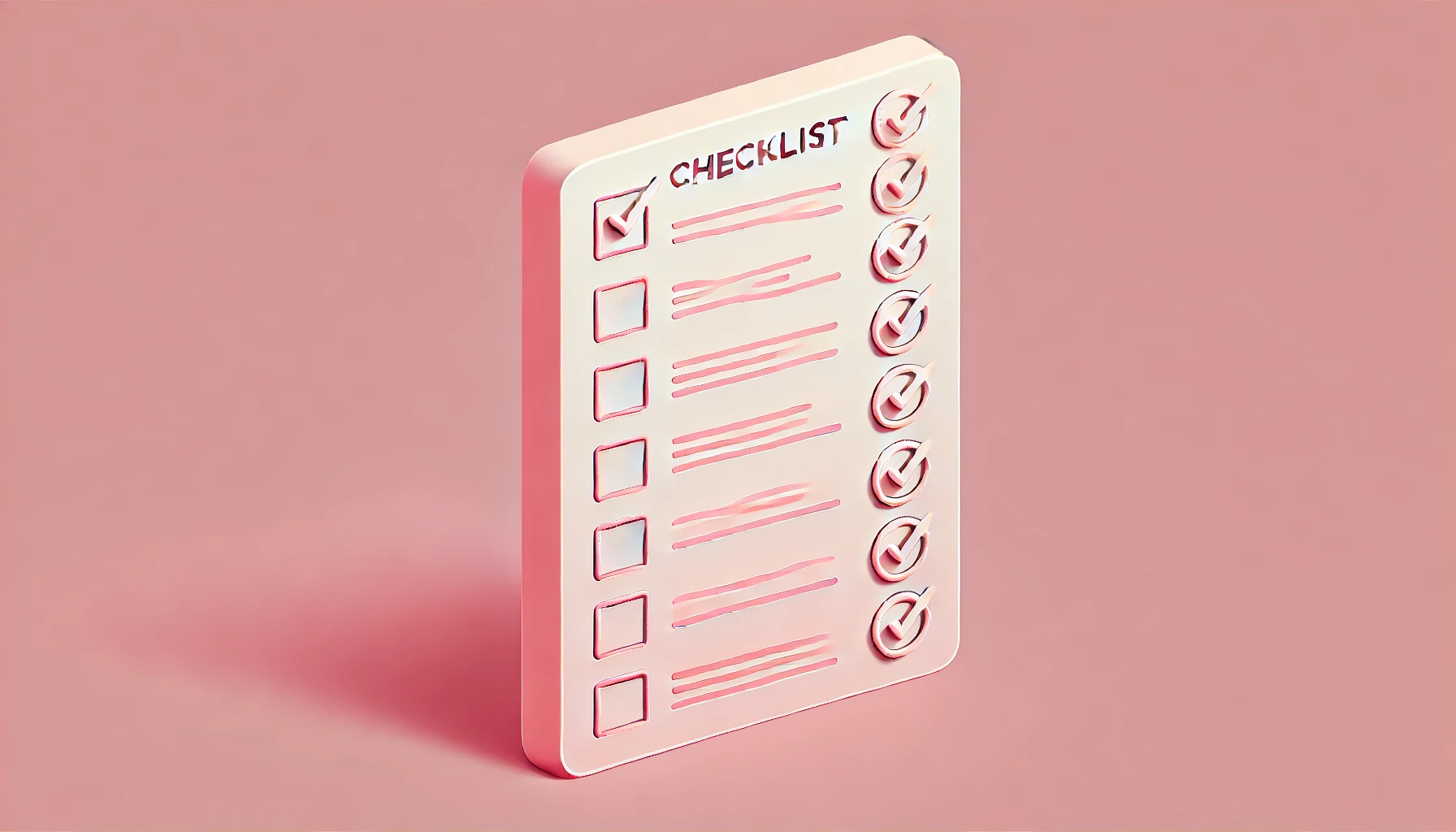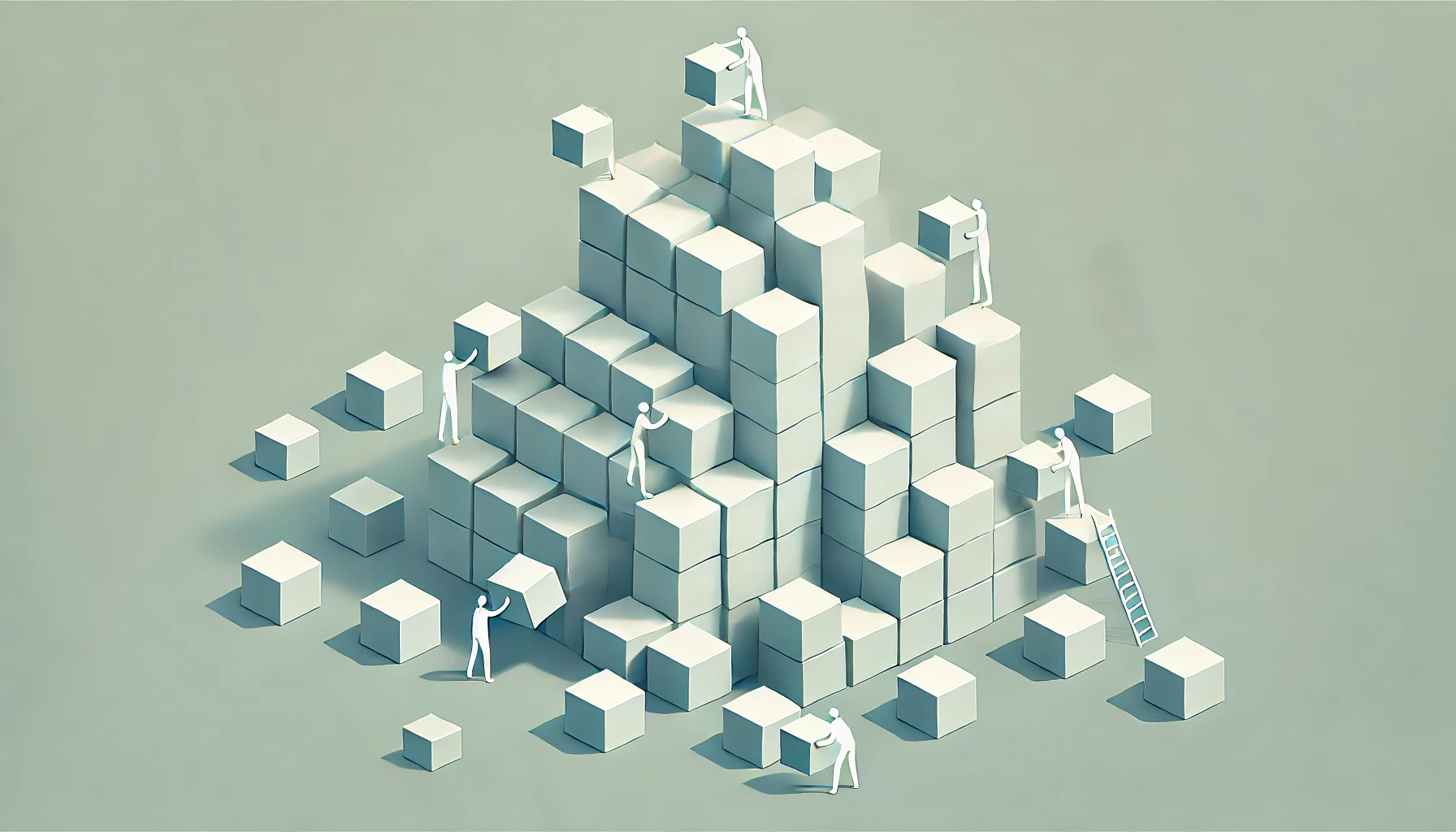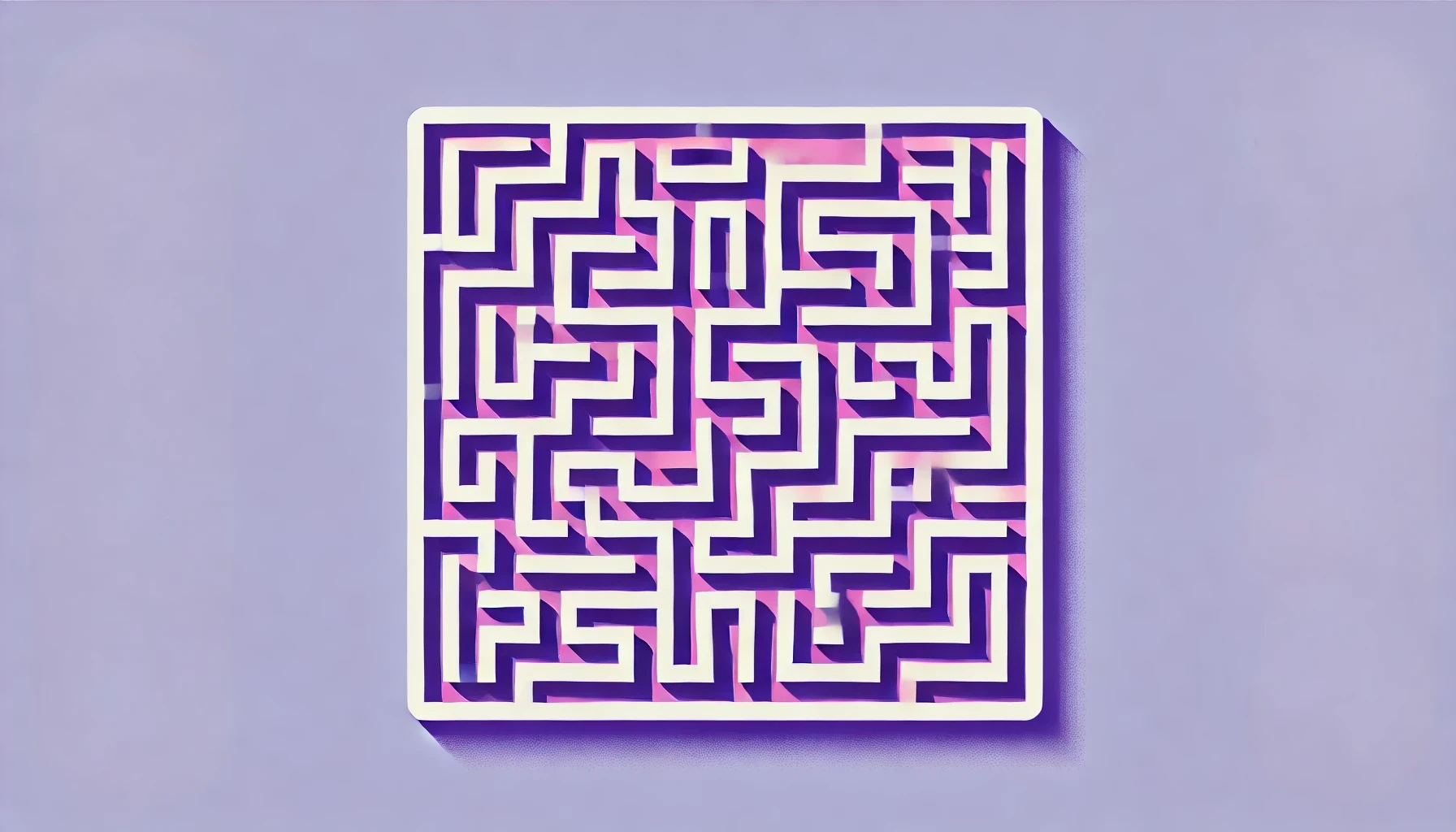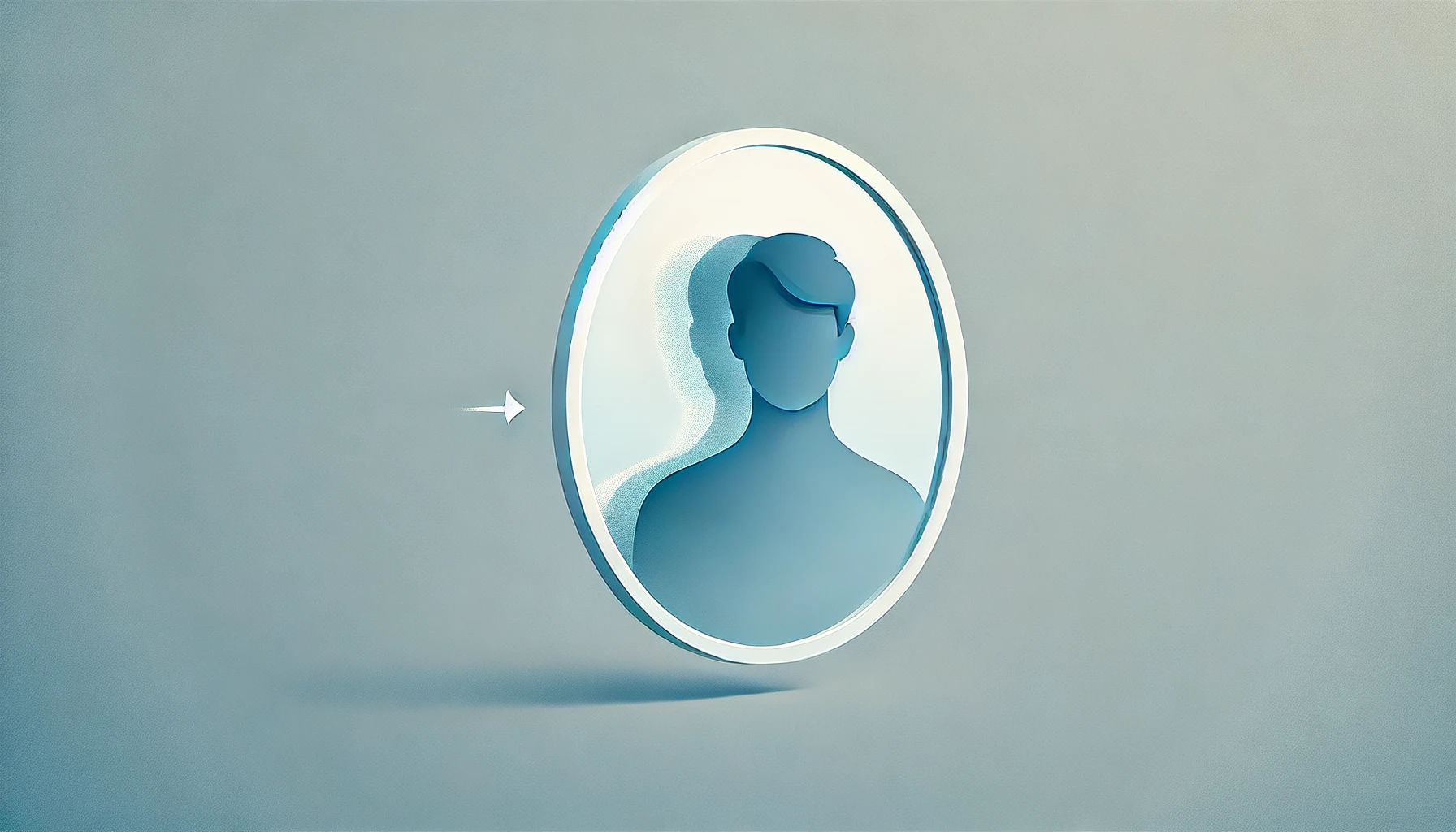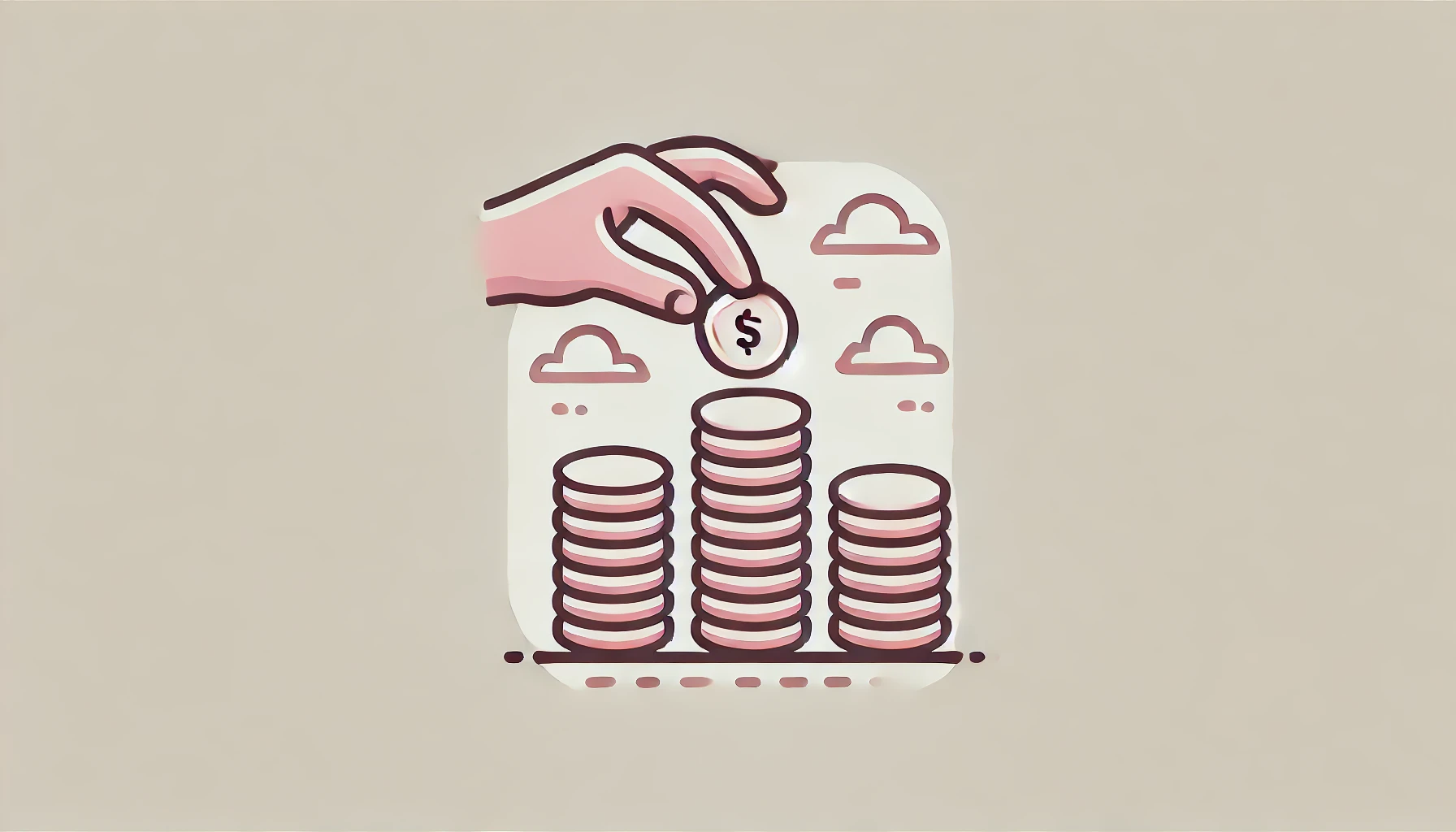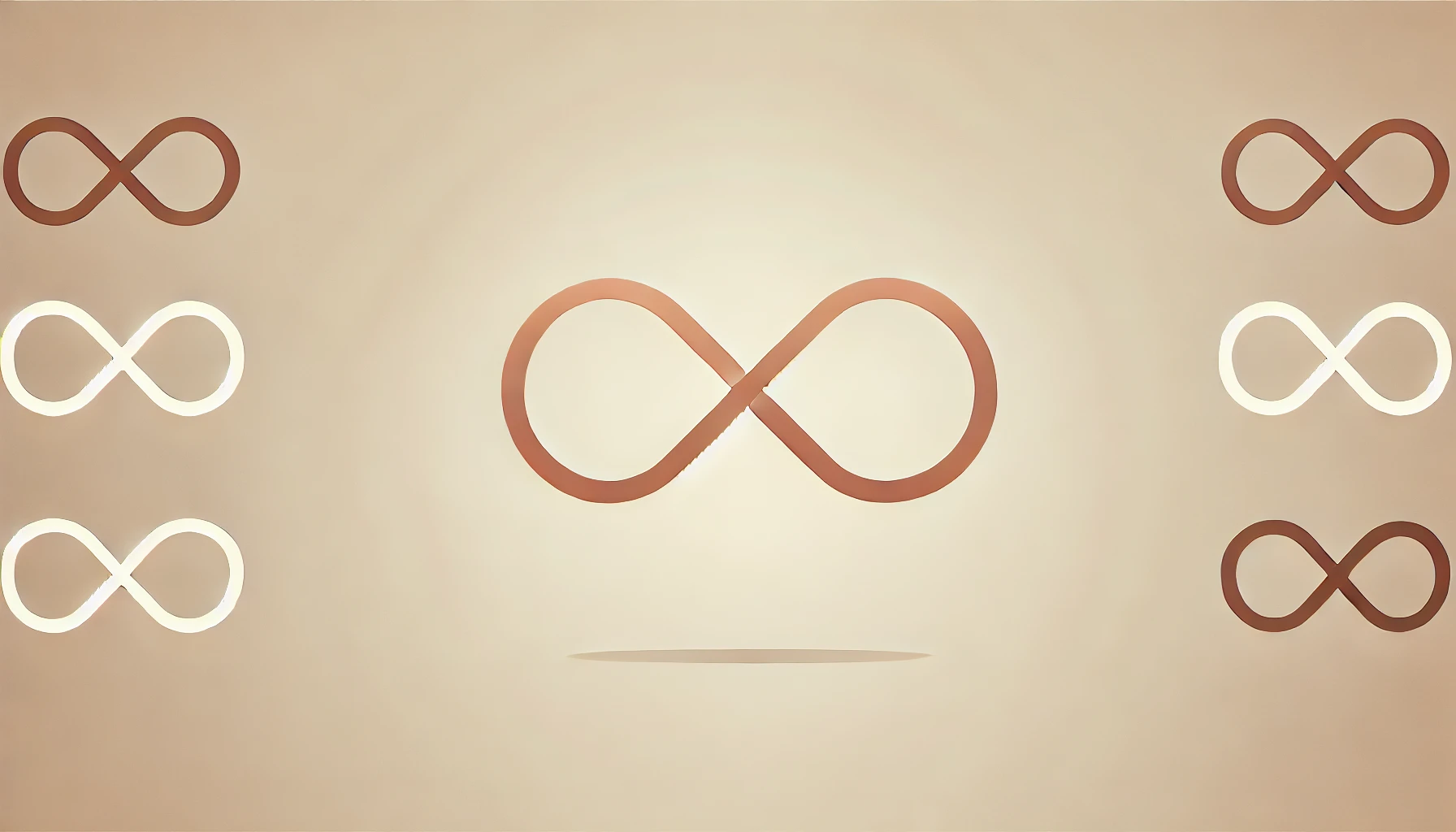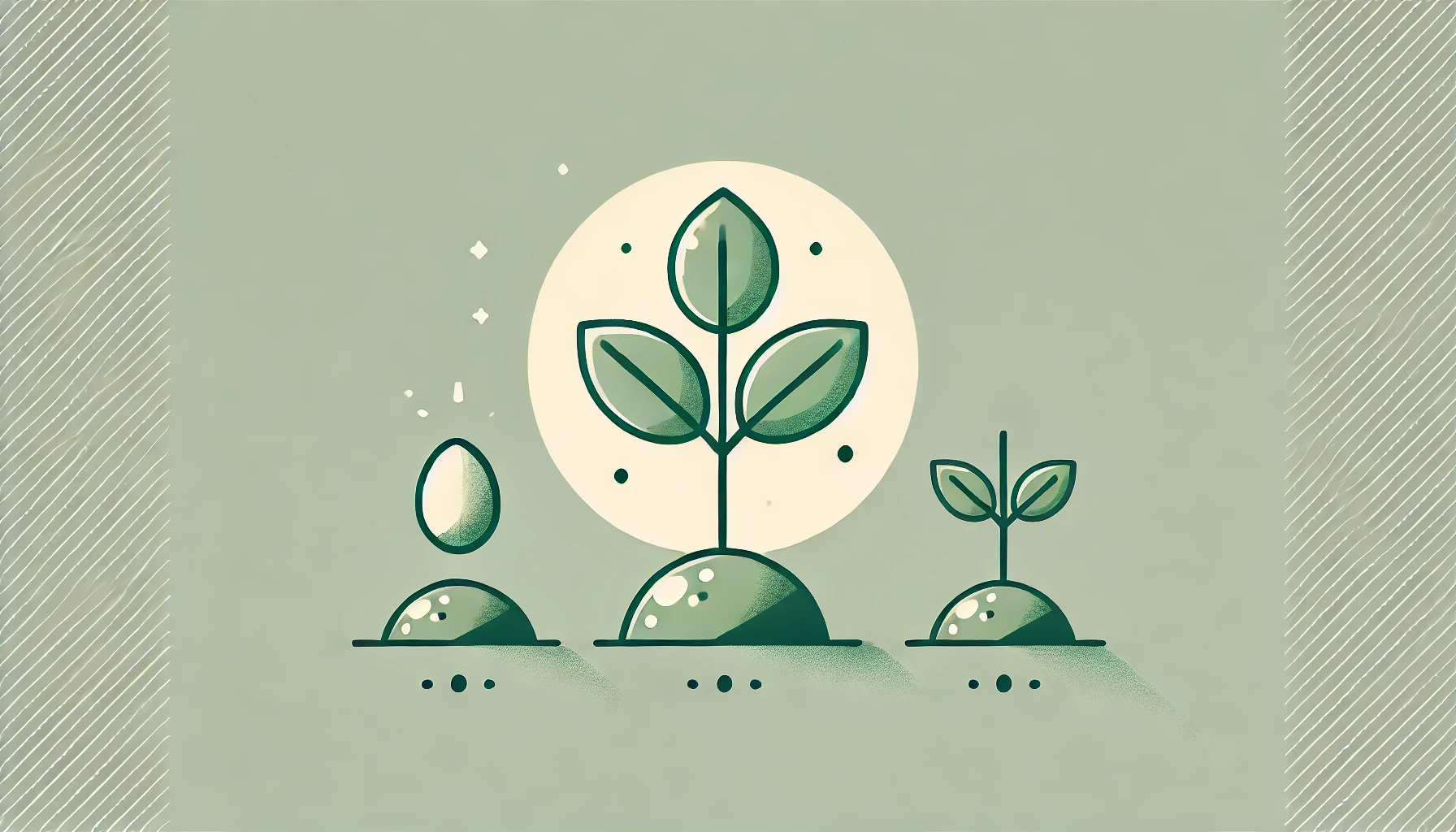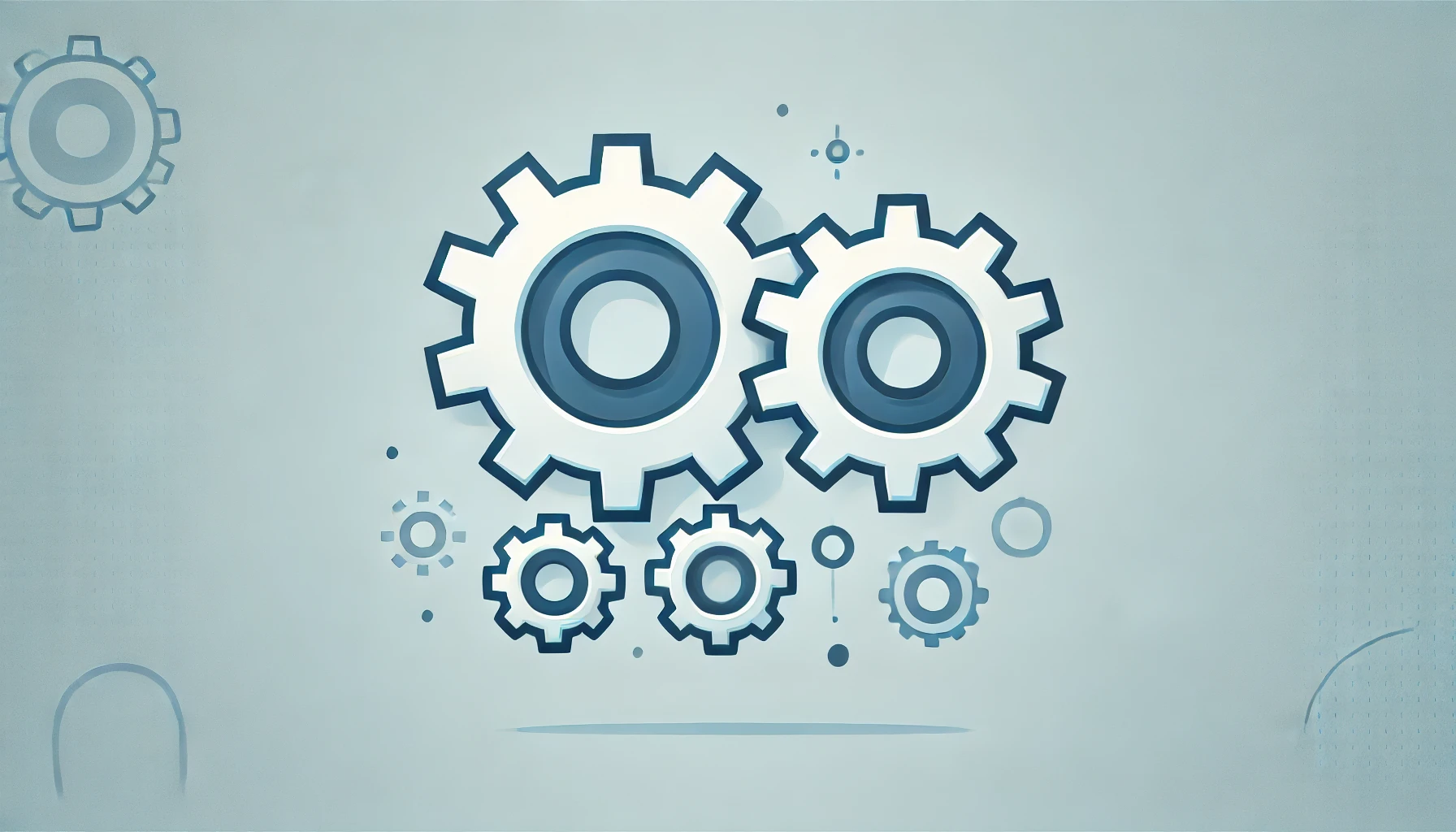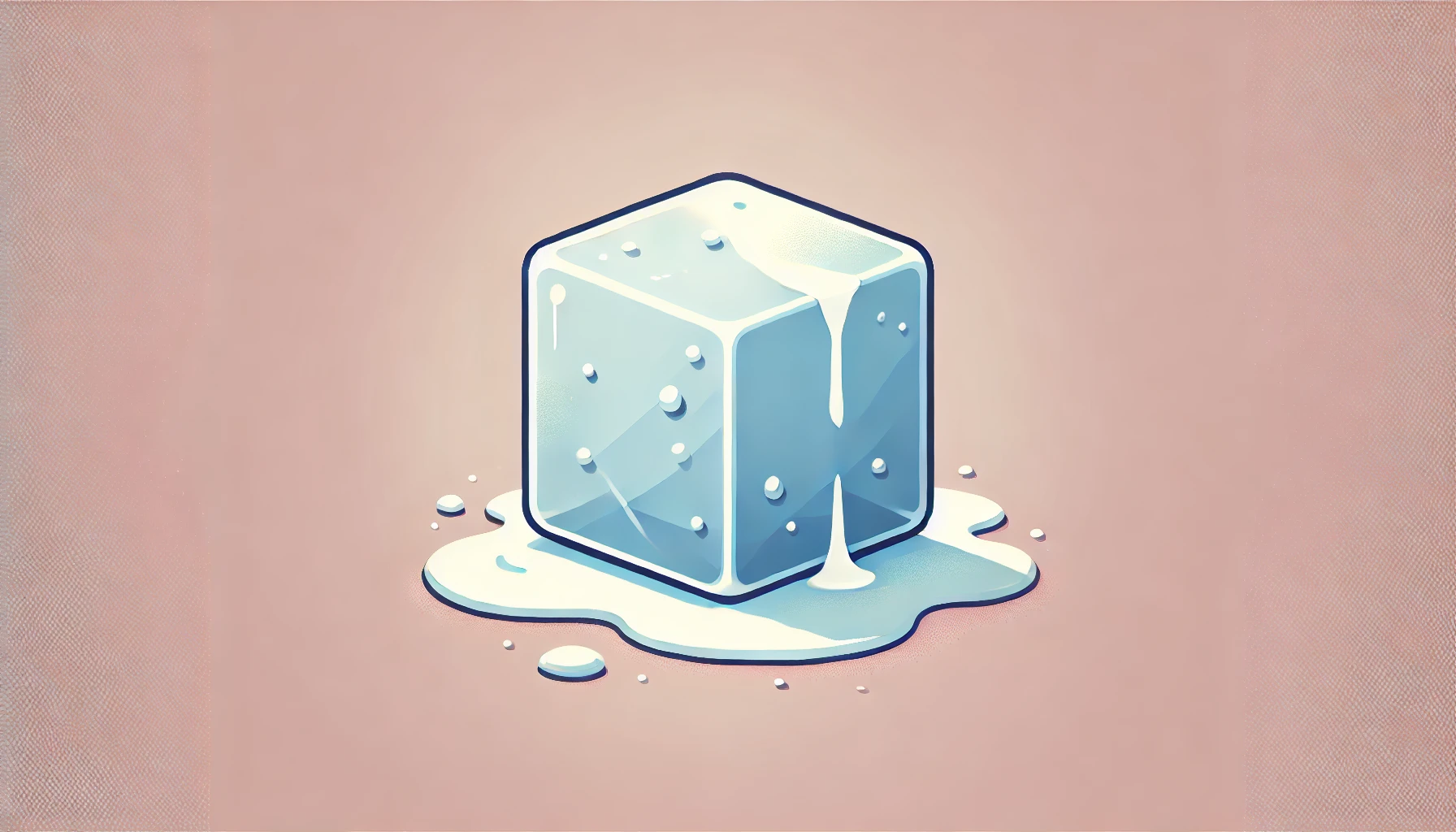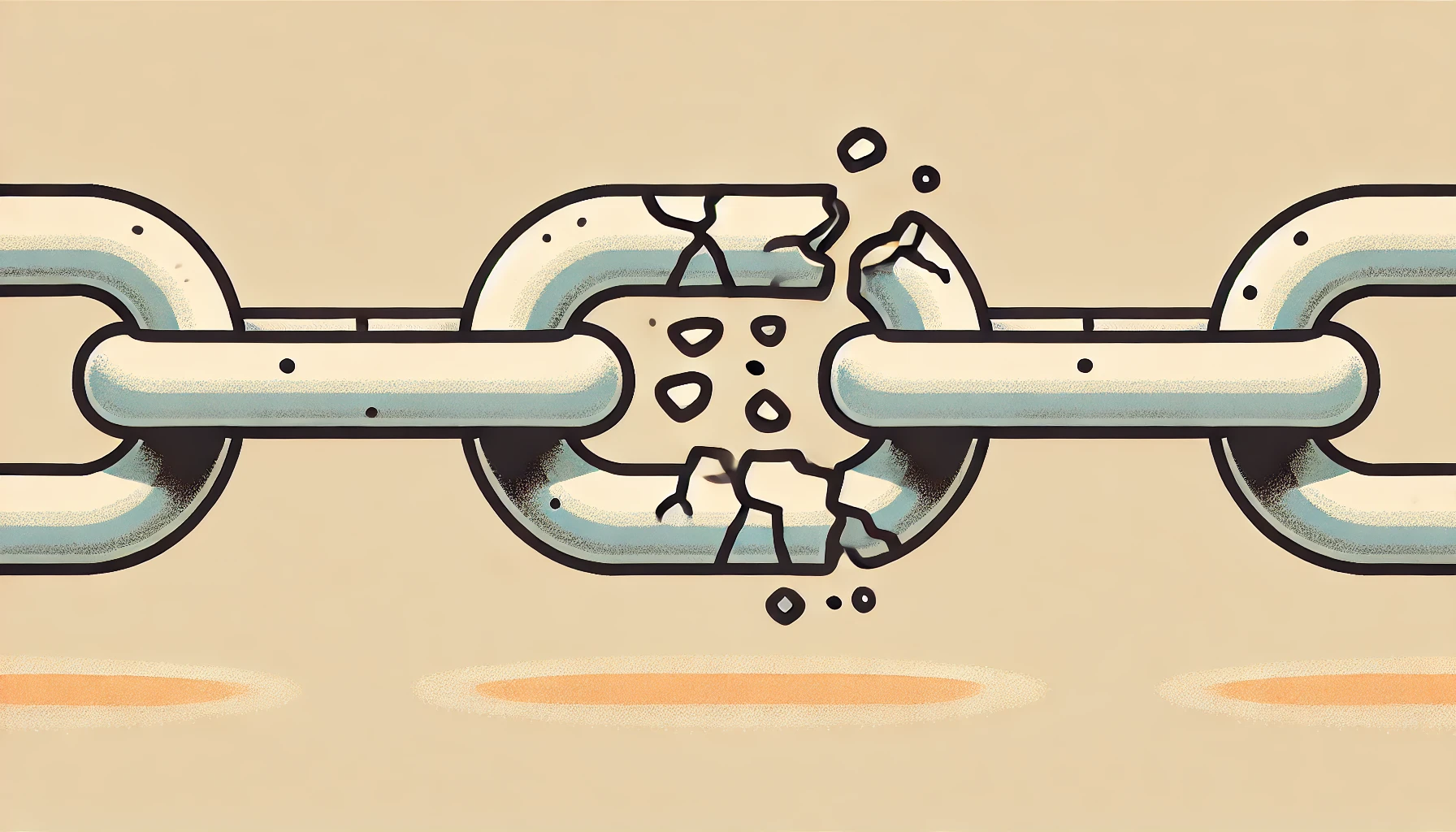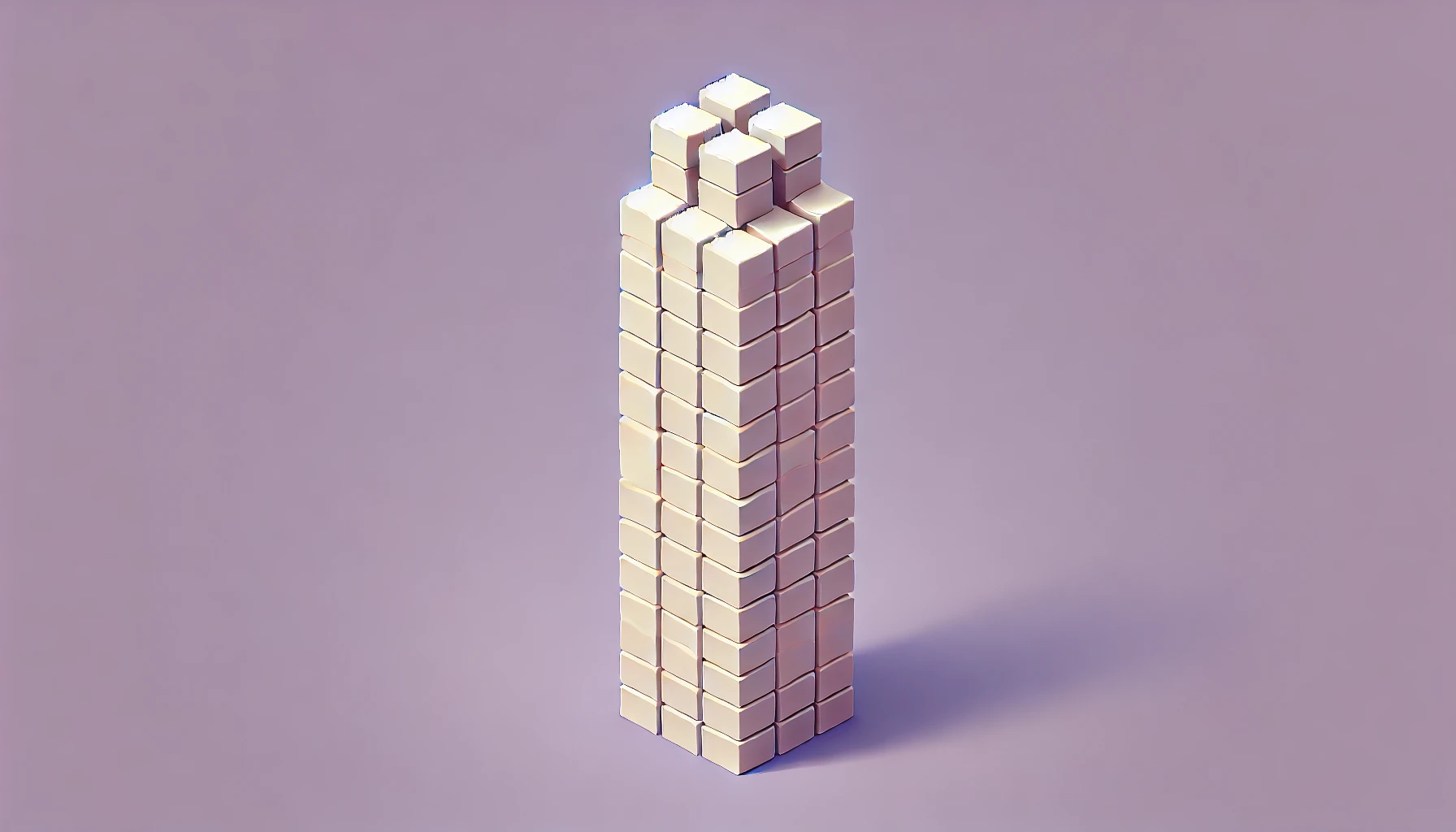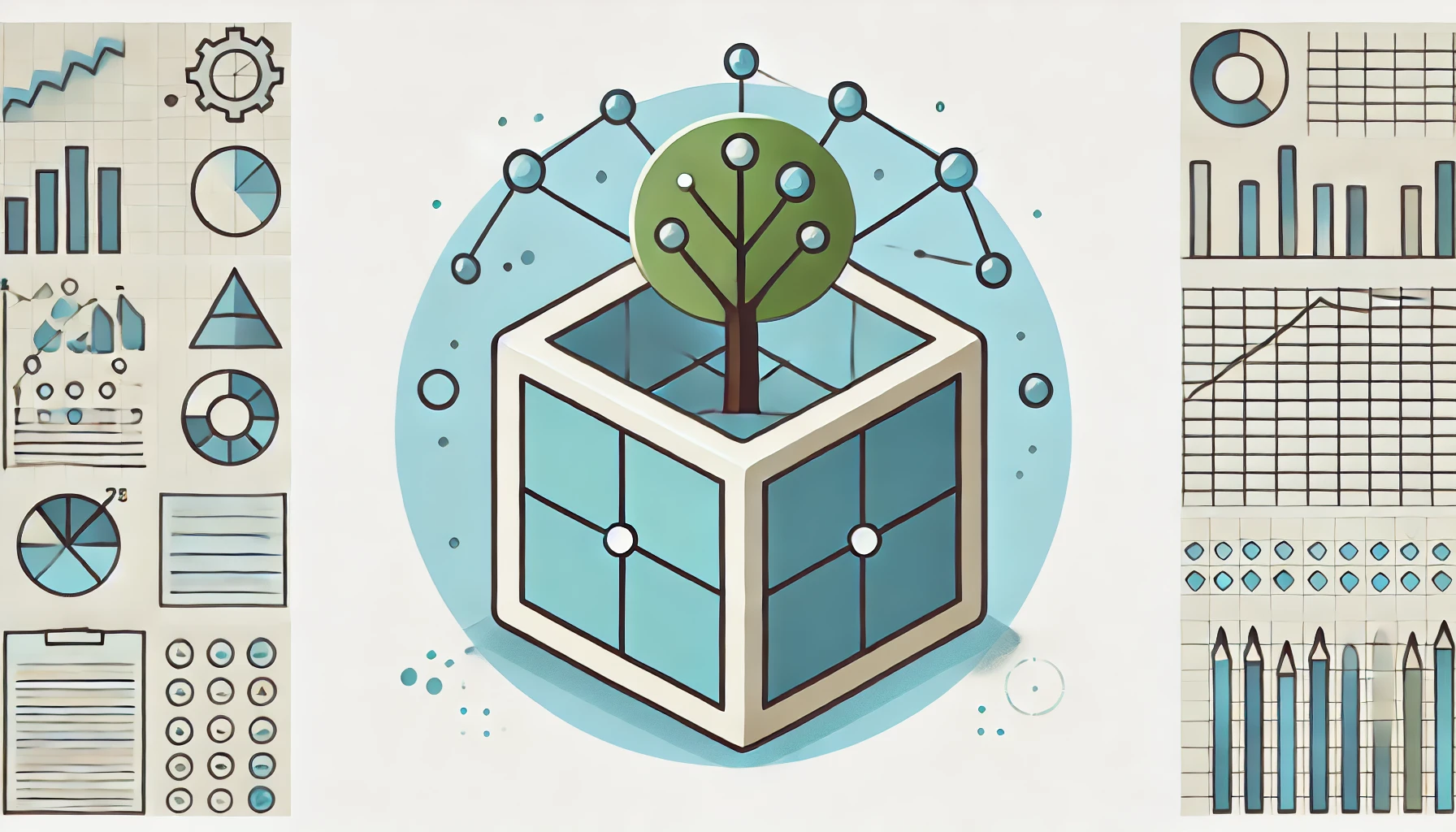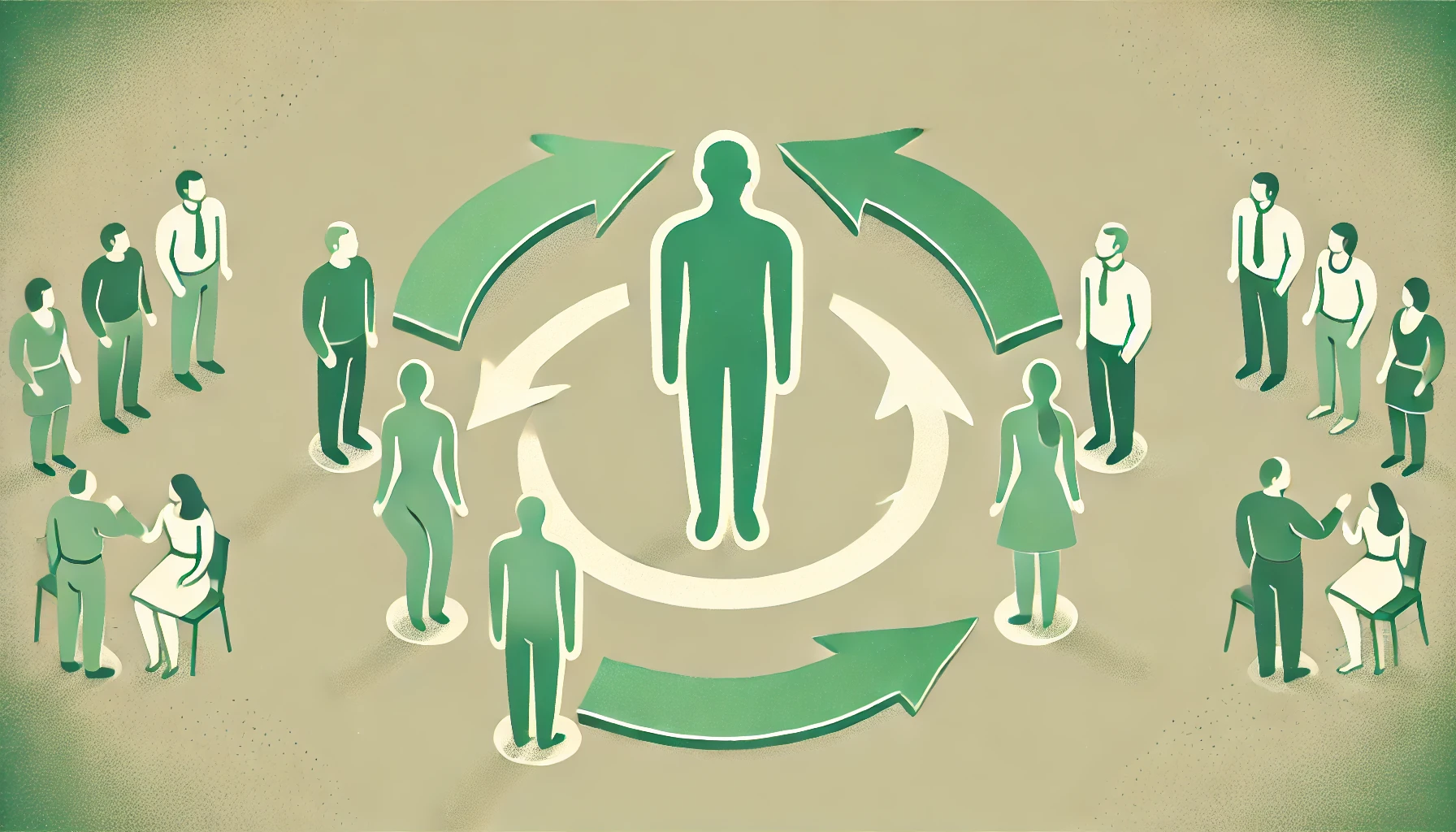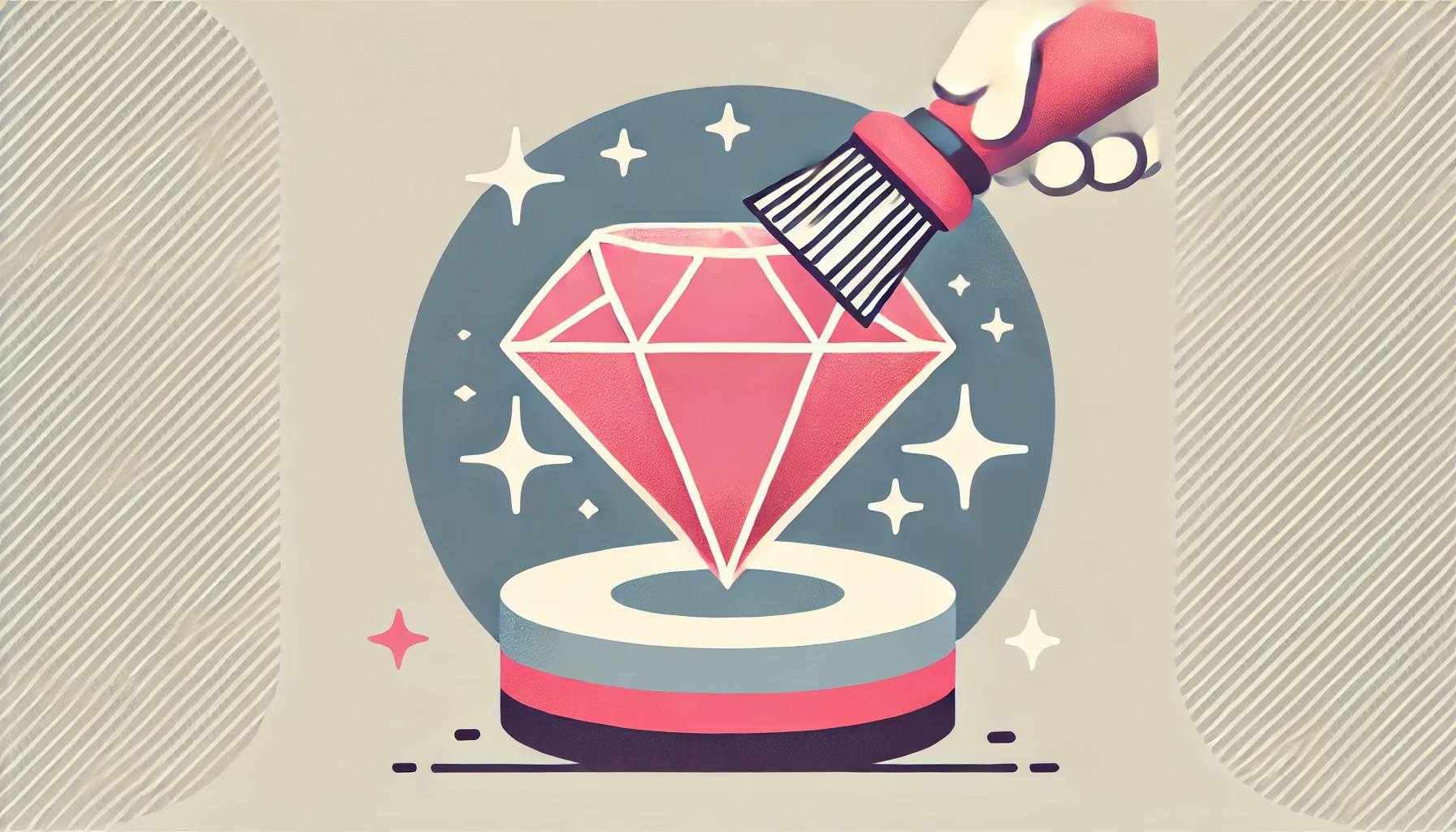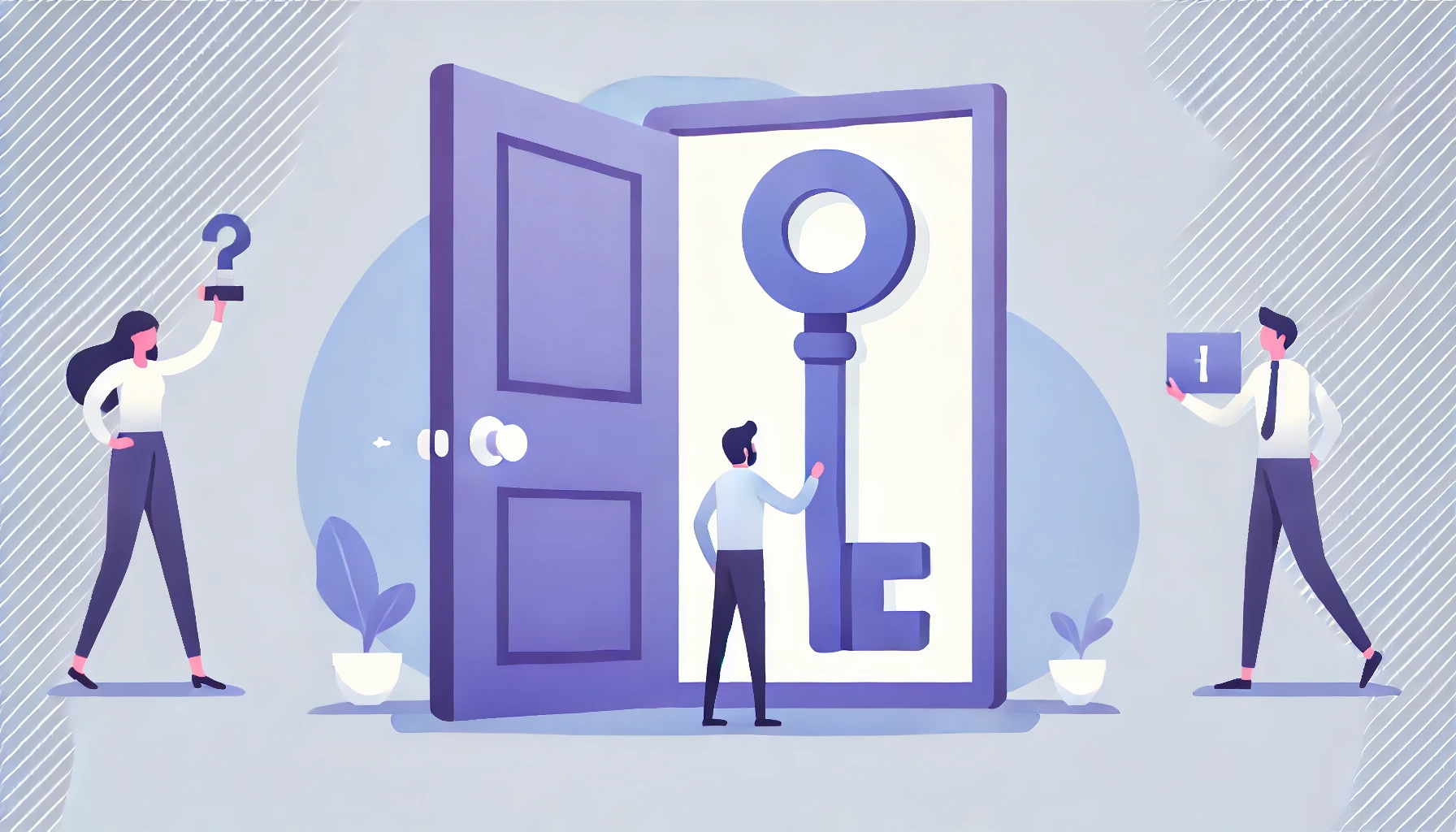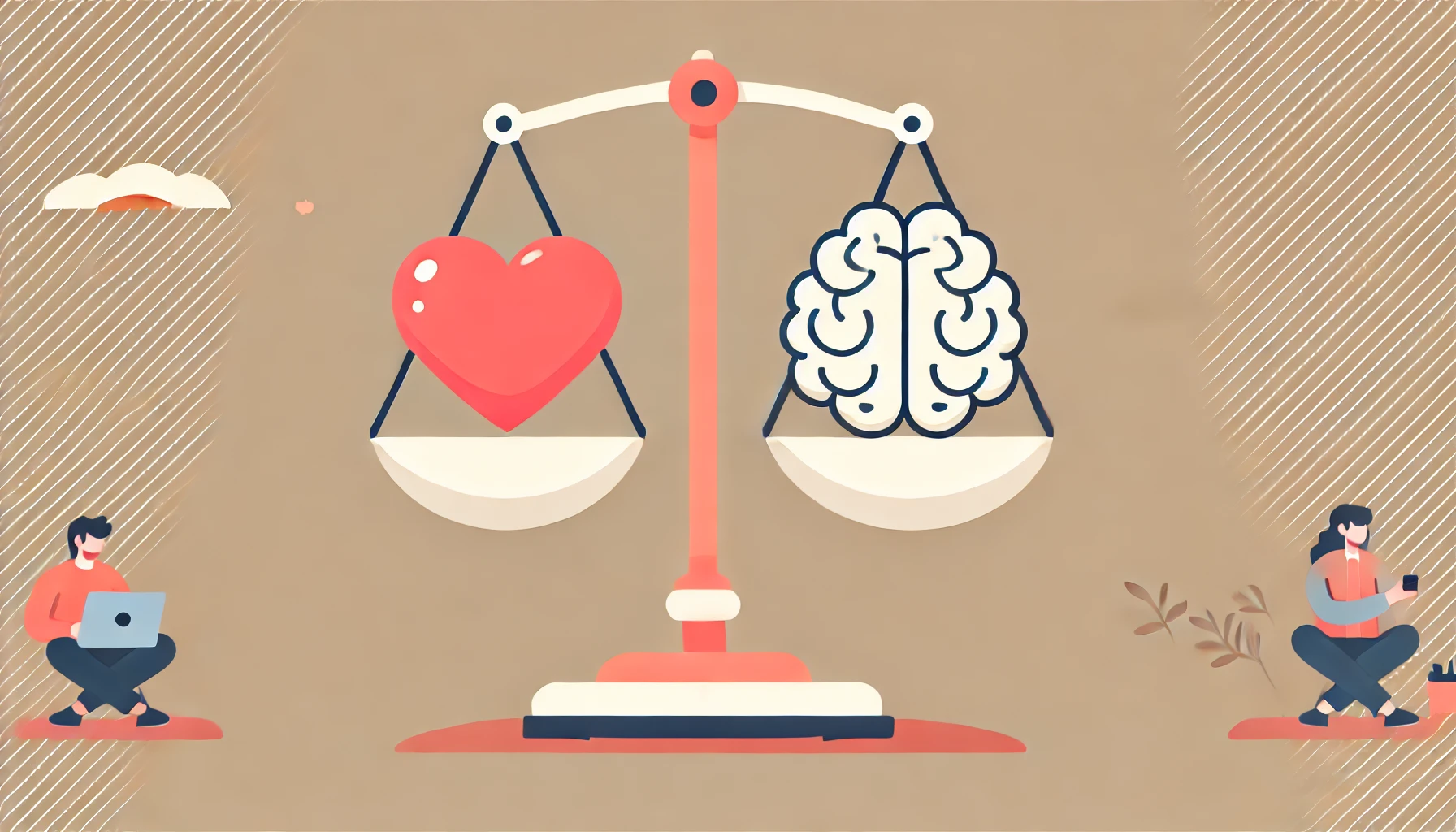In Chapter 8 of Atomic Habits, James Clear dives into a fascinating concept that explains why certain habits stick and others fade away. It’s all about making habits irresistible.
By understanding how the brain responds to rewards and pleasure, anyone can transform mundane tasks into behaviors that feel impossible to ignore.
The Dopamine-Driven Feedback Loop
James Clear draws heavily on the science of dopamine to explain how habits are formed and sustained.
Dopamine is often thought of as the “pleasure chemical,” but it does far more than simply make us feel good. The real magic happens in the anticipation of pleasure, not just the experience of it.
As outlined in the book, dopamine is released when we expect something good to happen. Whether it’s eating junk food, gambling, or browsing social media, our brains are constantly anticipating a reward.
The stronger the anticipation, the more motivated we are to act. For example, gambling addicts experience a dopamine spike before they place a bet, not after they win. It’s the rush of anticipation that drives them to keep coming back.
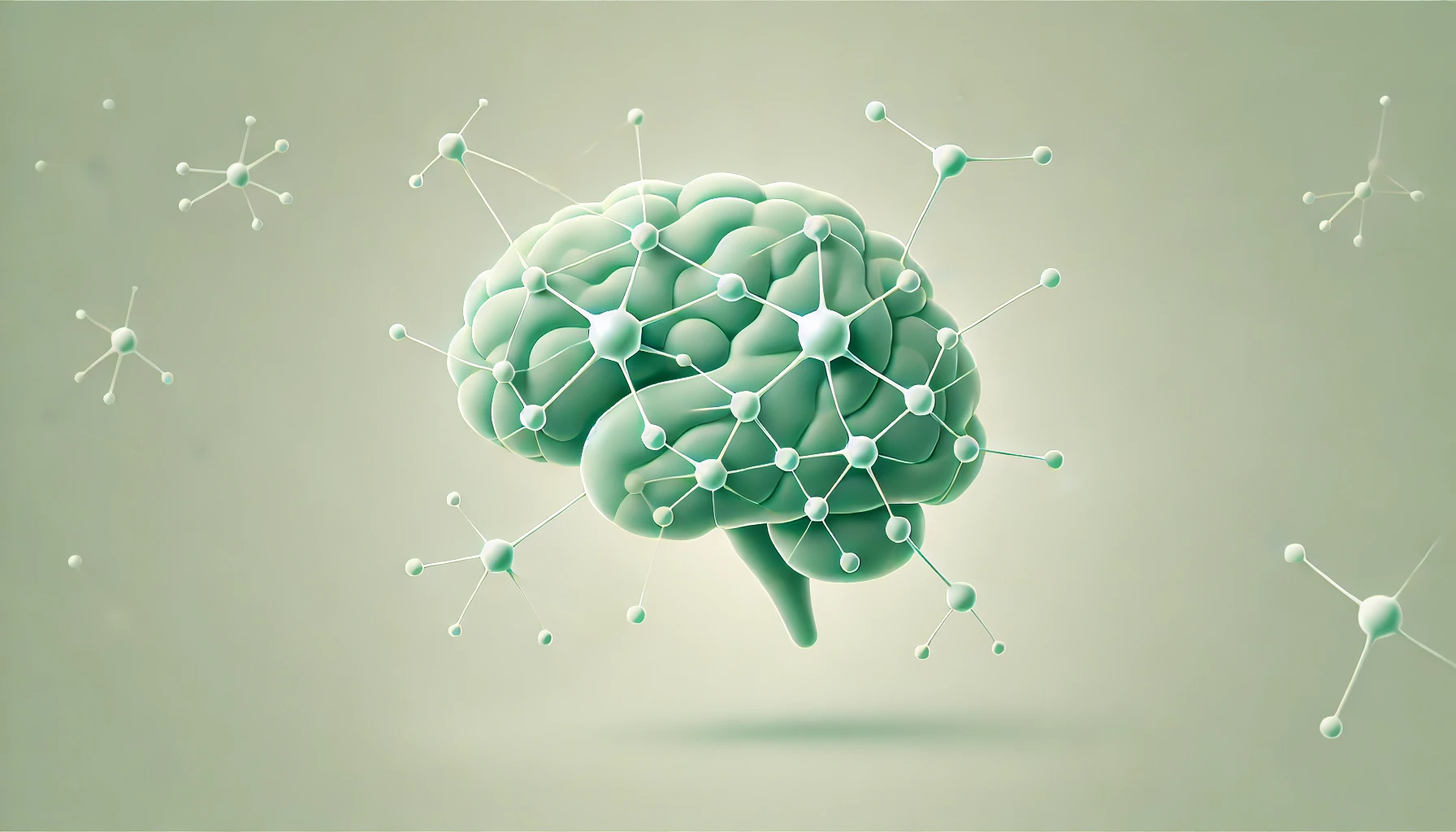
The Power of Anticipation
Clear reveals a critical insight into how habits work: dopamine isn’t just released when we experience pleasure.
It’s released when we anticipate it. Anticipation is what makes habits so powerful, creating a cycle that drives us to take action again and again. The more we anticipate a reward, the more likely we are to pursue the associated behavior.
Even more interesting, the brain’s reward system is far more invested in the process of wanting than in the process of liking.
This is why people often feel more excitement before an event (say, Christmas morning or an upcoming vacation) than during the event itself.
The anticipation drives them, and this is the same principle that applies to habit formation.
Making Habits Attractive
According to James Clear, if a behavior is attractive, it’s more likely to be repeated. This is part of the second law of behavior change in Atomic Habits: Make it Attractive.
By understanding how the brain’s craving mechanisms work, you can make any habit feel more rewarding.
To make habits irresistible, Clear introduces a strategy known as temptation bundling.
This involves linking a behavior you want to do with something you need to do. For example, Ronan Byrne, an engineering student in Dublin, wanted to watch Netflix but knew he needed to exercise.
So, he set up his stationary bike to stream Netflix only when he was pedaling. This way, the desire to binge-watch shows was bundled with the need to work out.
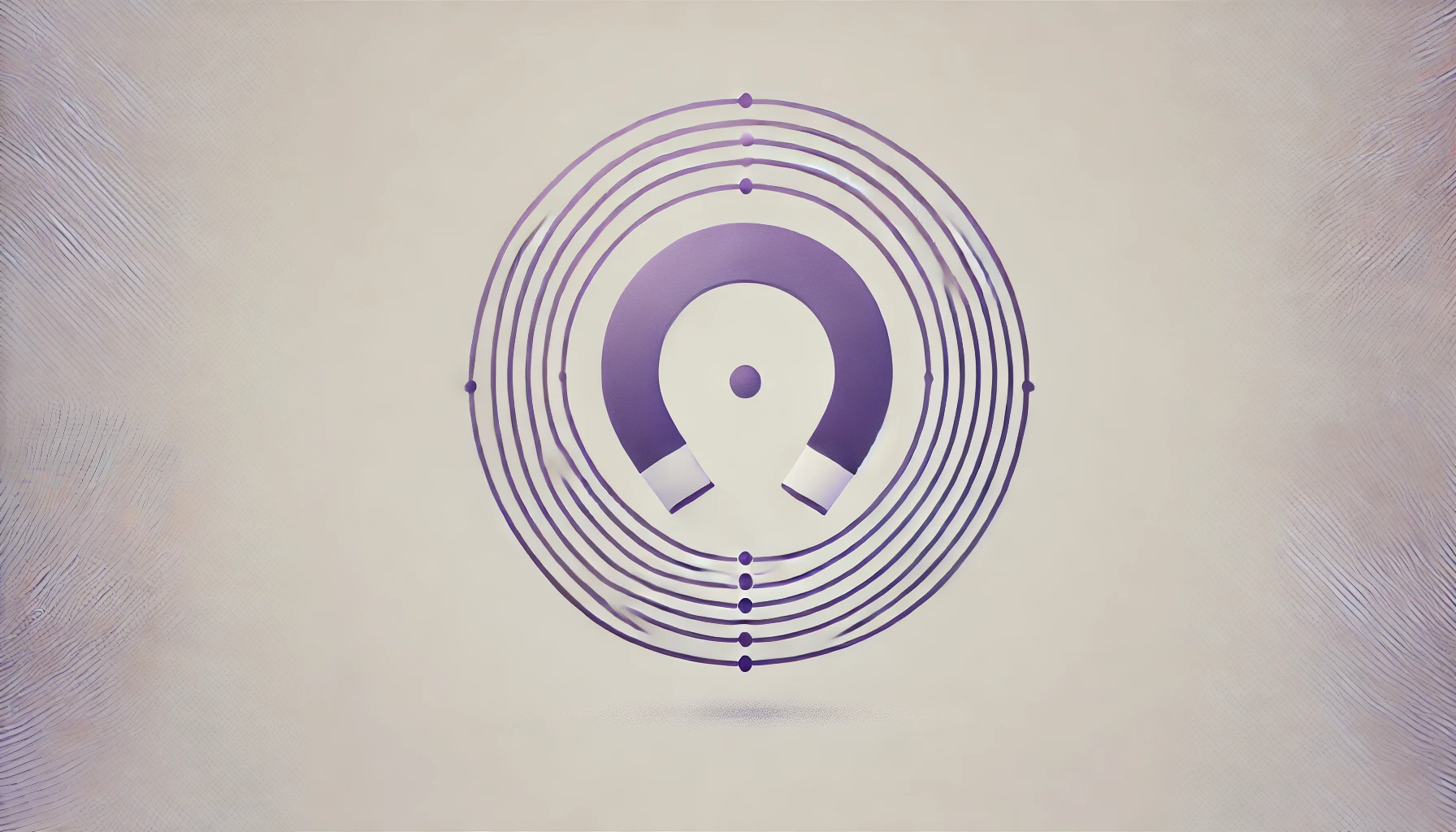
Temptation Bundling in Everyday Life
Businesses have mastered the art of temptation bundling, too.
When ABC launched its Thursday night television lineup with popular shows like Grey’s Anatomy and How to Get Away with Murder, they paired it with promotions encouraging viewers to make it a ritual.
“Thank God It’s Thursday” became a thing, with wine, popcorn, and a cozy night in. The idea was simple: combine something viewers want to do (relax with TV) with something they are expected to do (watch specific shows).
This tactic can be applied to work, too. Teamly, the all-in-one project management software, helps teams stay organized and productive by bundling the need for structure with tools that make collaboration smooth and intuitive.
By associating the completion of tasks with the satisfaction of seeing progress visually, Teamly enhances the desire to stick with productive habits in the workplace.
The Science of Craving and Desire
One of the most powerful insights in Chapter 8 is the distinction between wanting and liking.
Clear explains that the brain allocates far more resources to circuits involved in wanting rewards than to those involved in liking them. This is why anticipation is so critical in habit formation—it’s the engine that powers the craving, and without that, habits would be far less compelling.
Neuroscientific research shows that the brain is much more active during the anticipation phase of a reward than when it actually receives it.
This means that the key to creating irresistible habits is to focus on making the cues and triggers of those habits enticing enough to spark craving. By doing so, the dopamine response is activated, and the habit becomes something that is hard to resist.
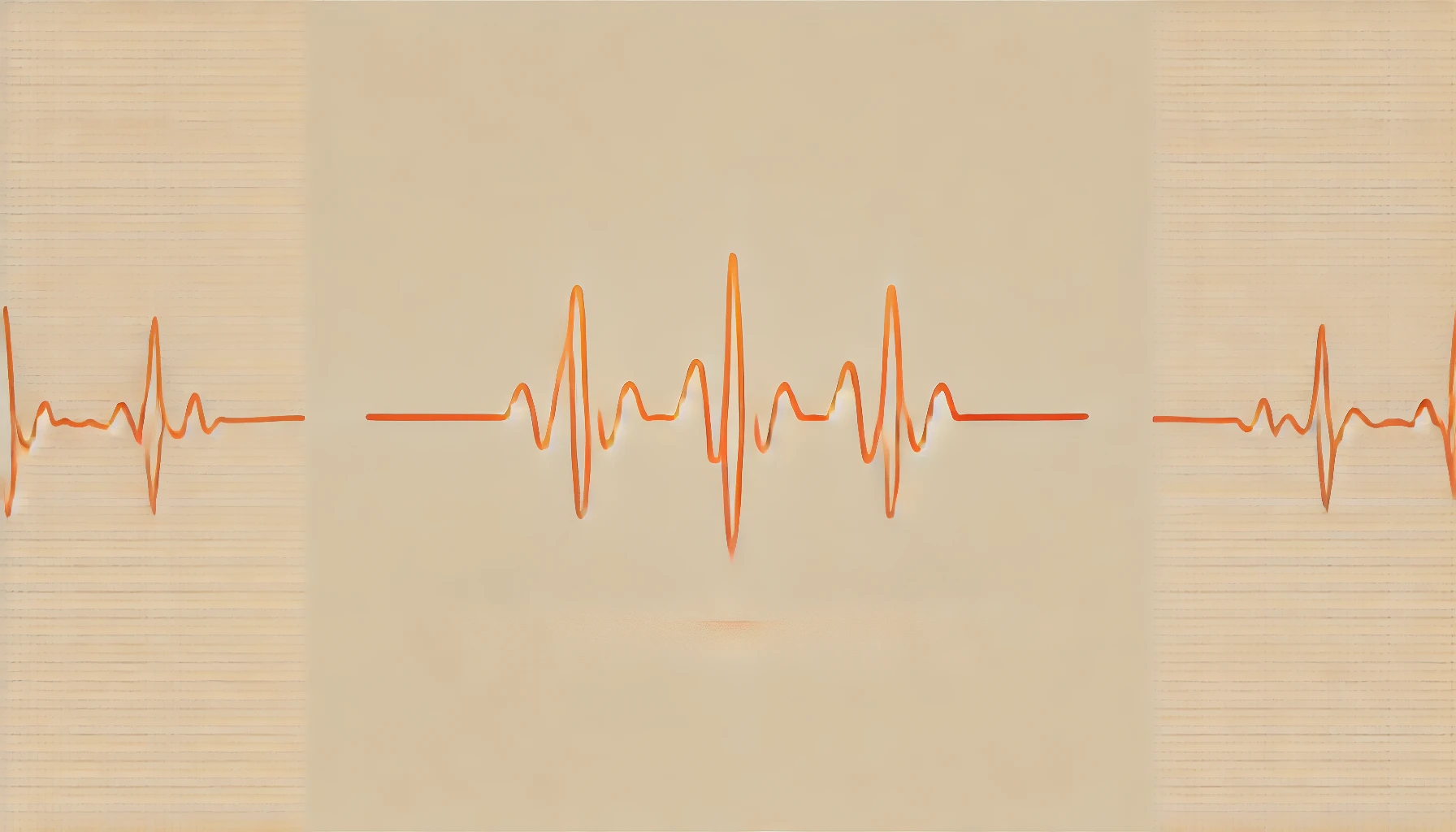
Applying Temptation Bundling
To make this strategy work, James Clear outlines a simple formula for temptation bundling:
- After I [current habit], I will [habit I need].
- After I [habit I need], I will [habit I want].
For example:
- After I get my morning coffee, I will say one thing I’m grateful for (need).
- After I express gratitude, I will read the news (want).
By coupling a task you need to do with a reward you want, you create a habit loop that is self-reinforcing.
The brain craves the reward, which motivates you to complete the task that precedes it. Over time, this habit loop becomes stronger and more automatic.
The simplicity of temptation bundling makes it a powerful tool for anyone looking to build new habits or reinforce existing ones. Whether it’s for personal health, productivity, or even team collaboration, this method can be tailored to fit any goal.
Start transforming your habits today by checking out Atomic Habits by James Clear.
